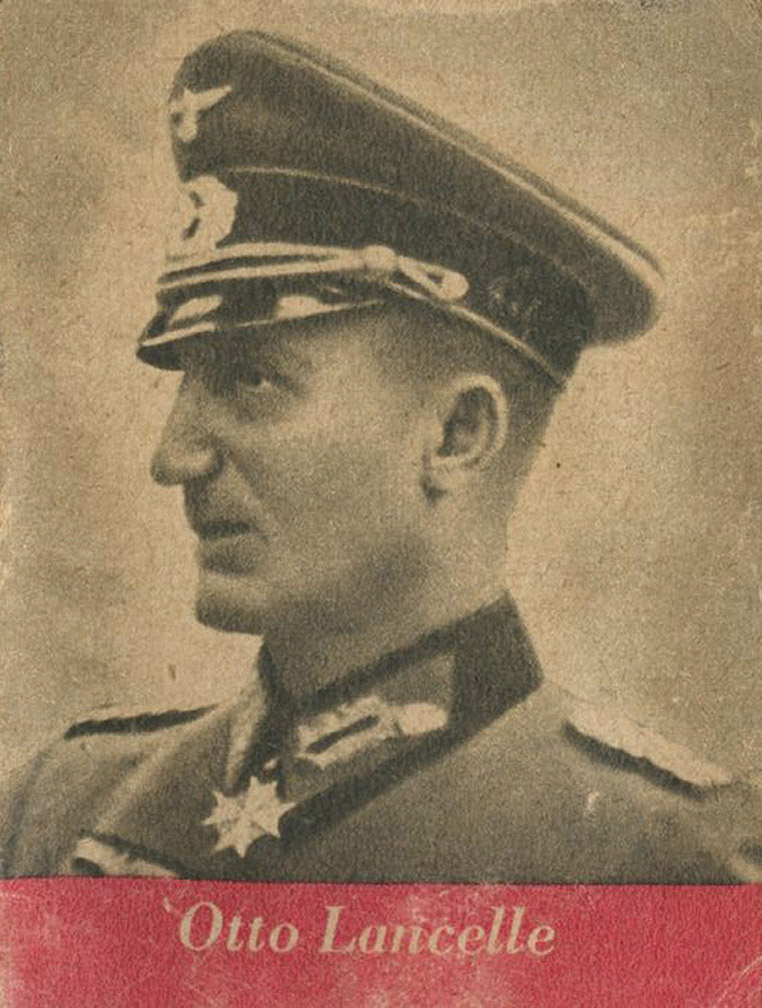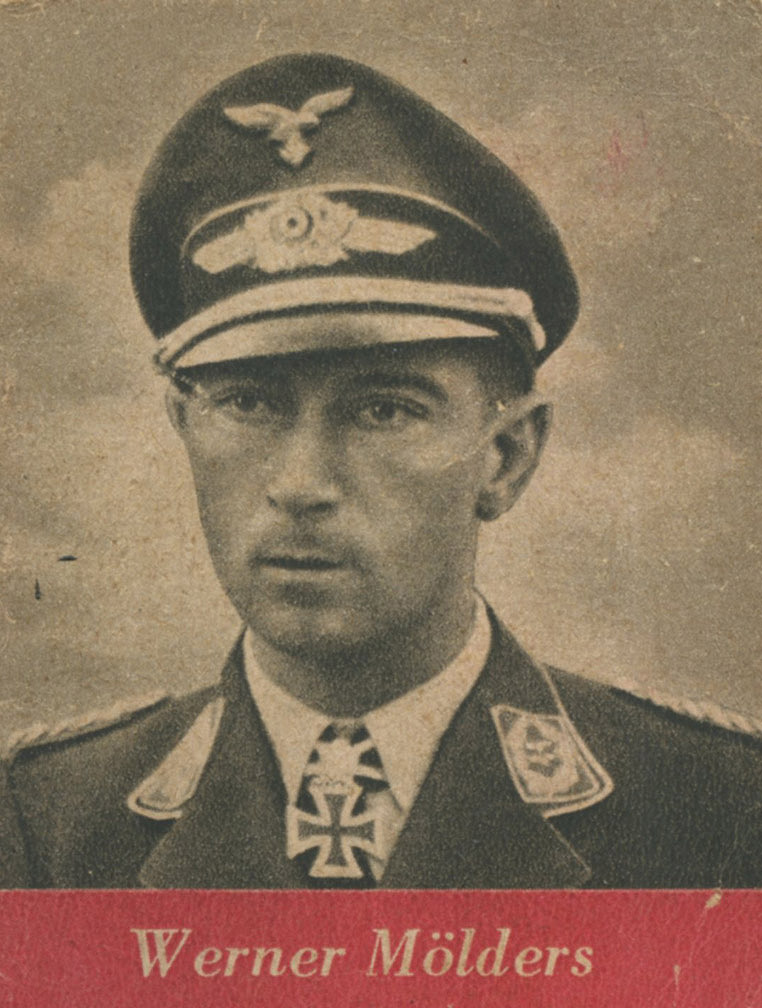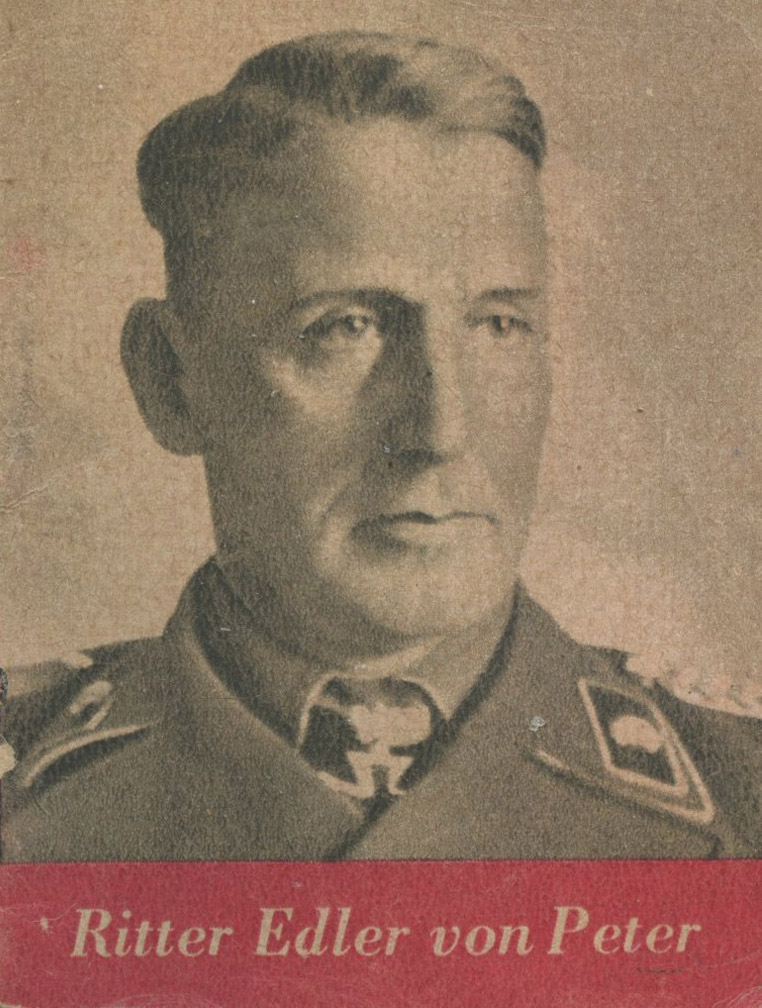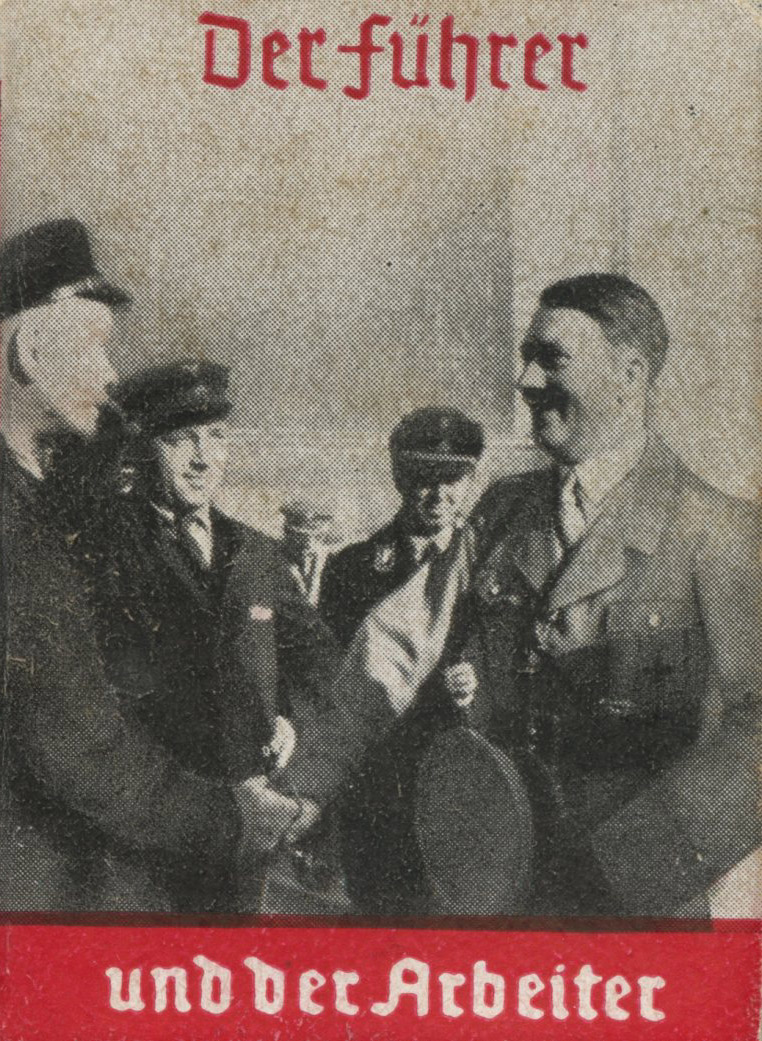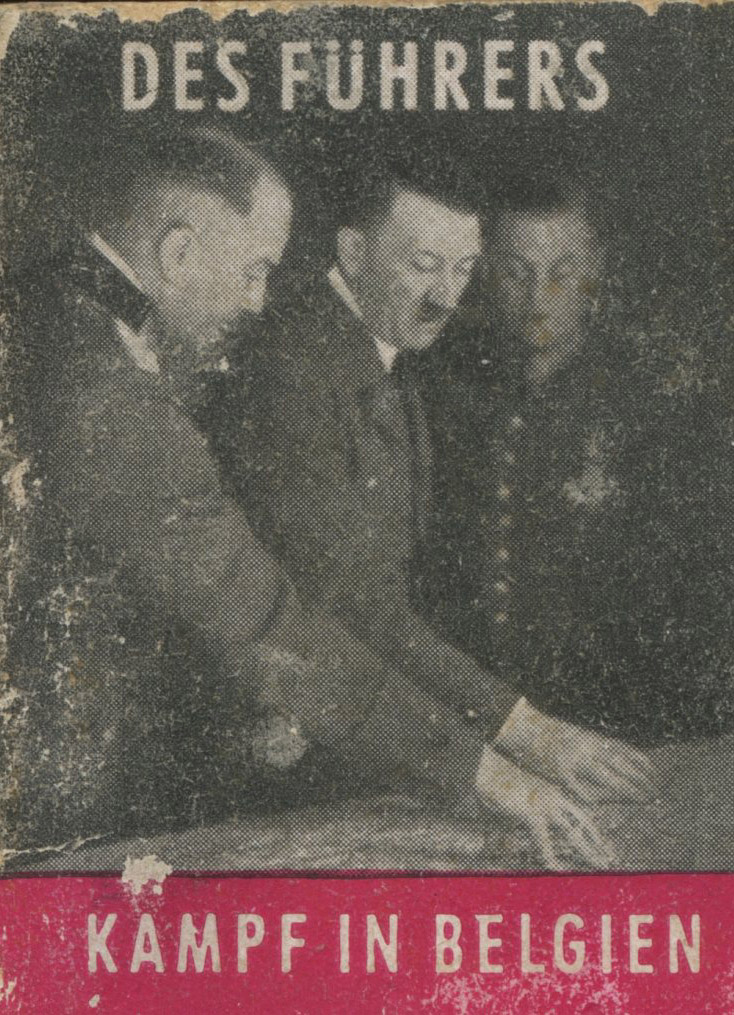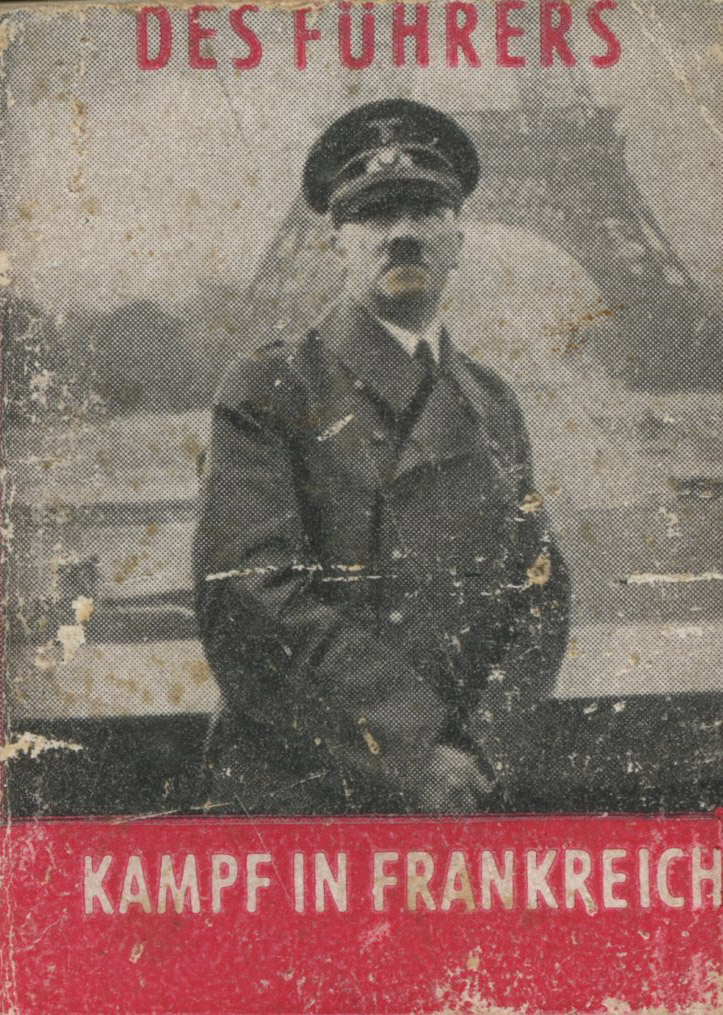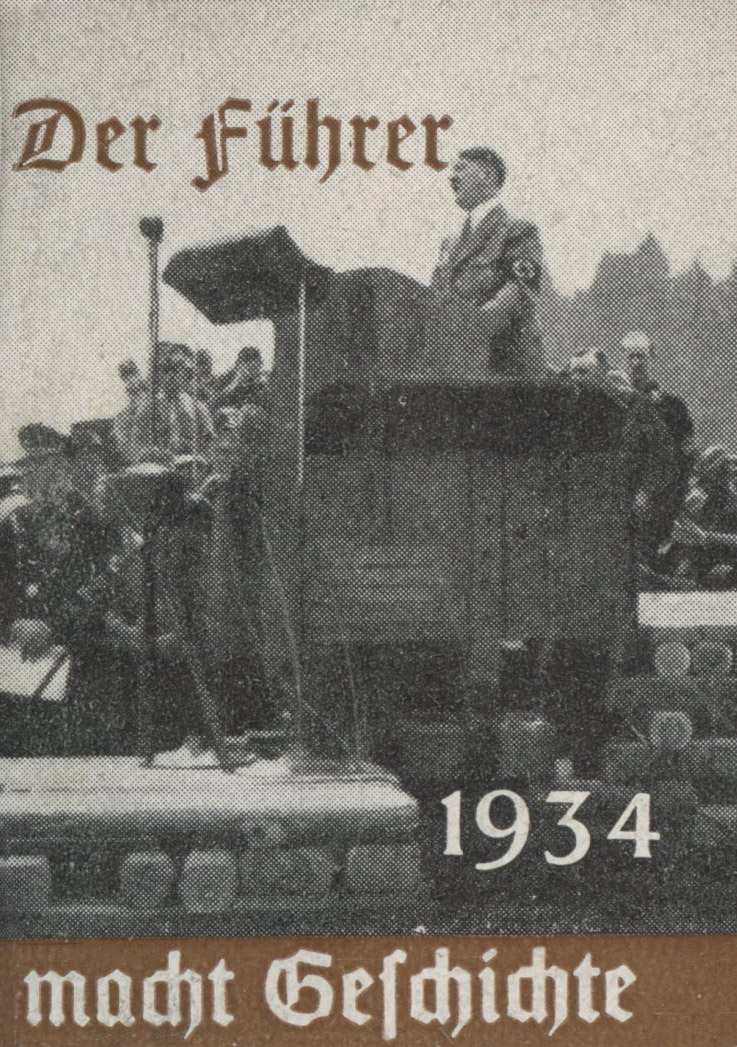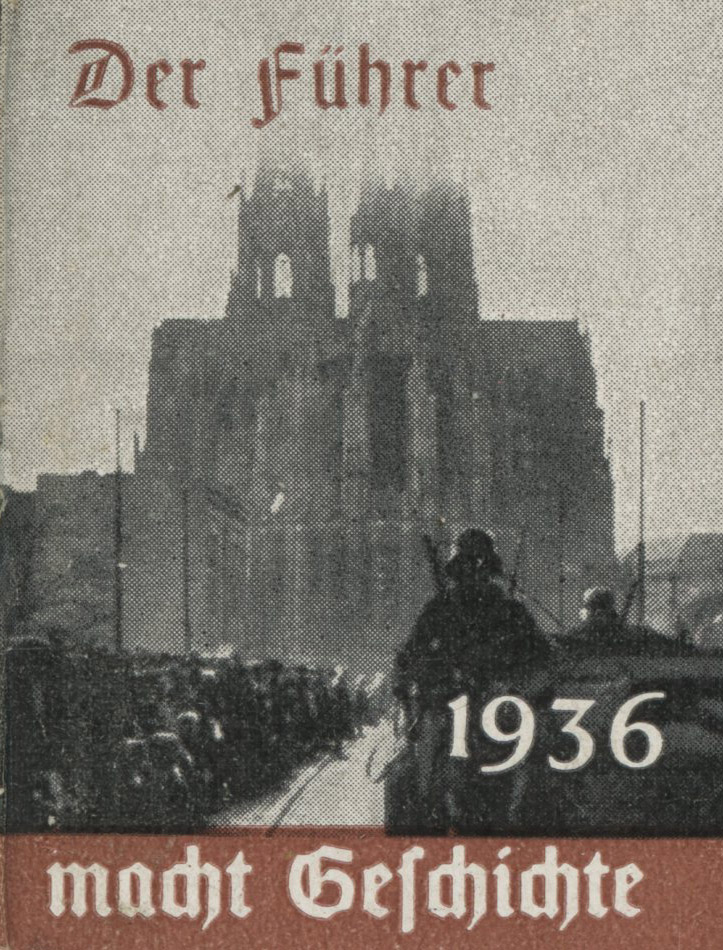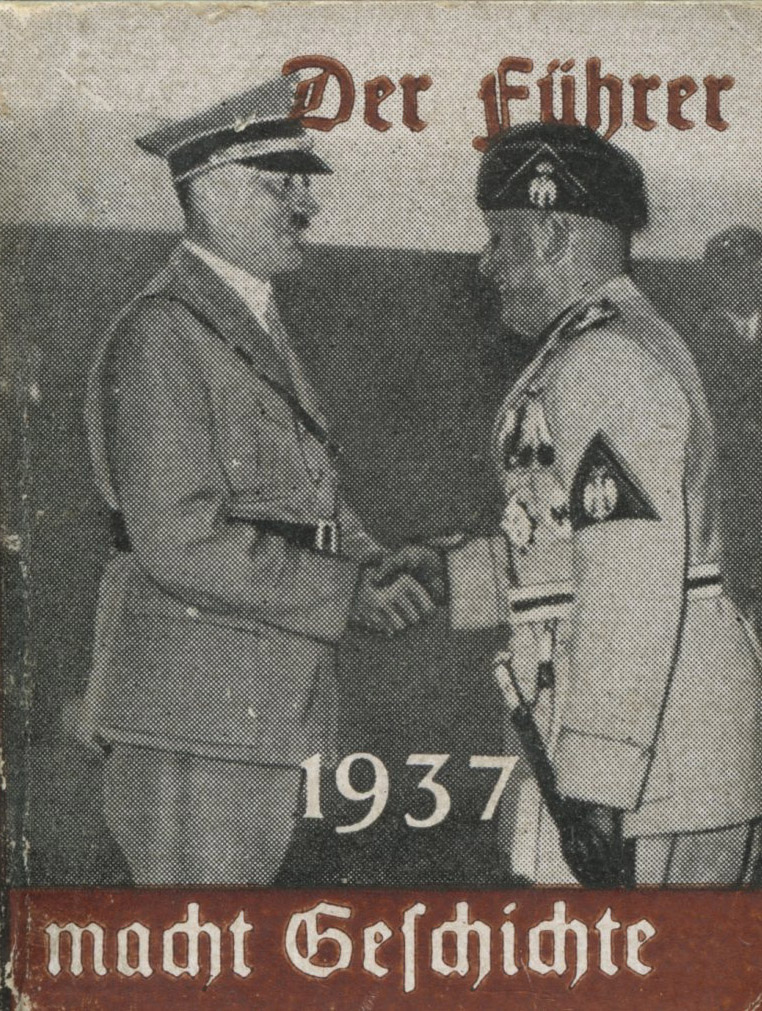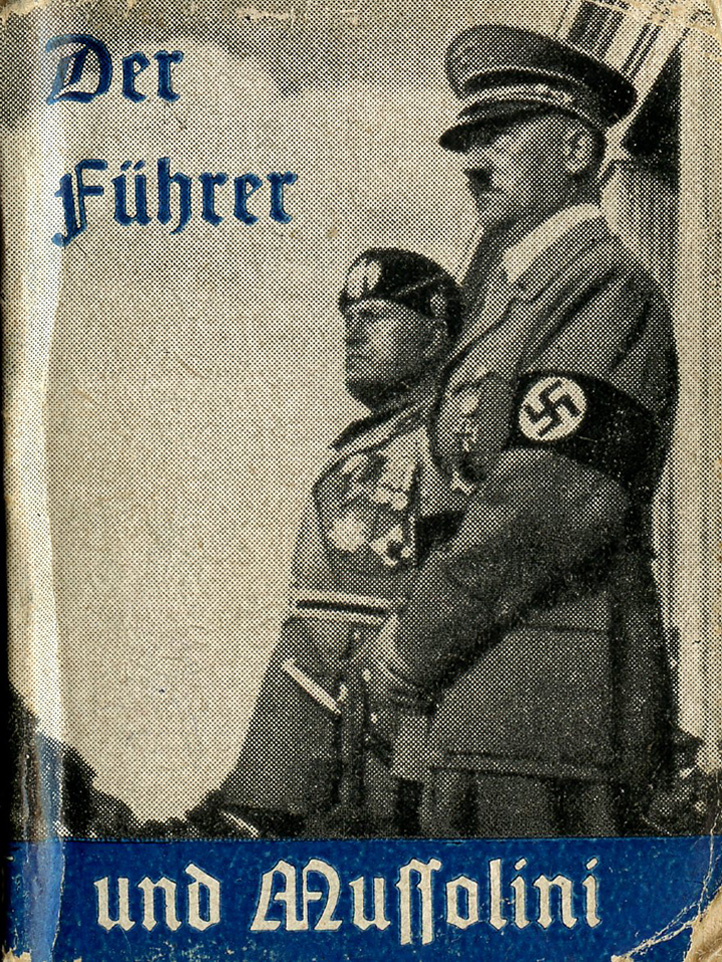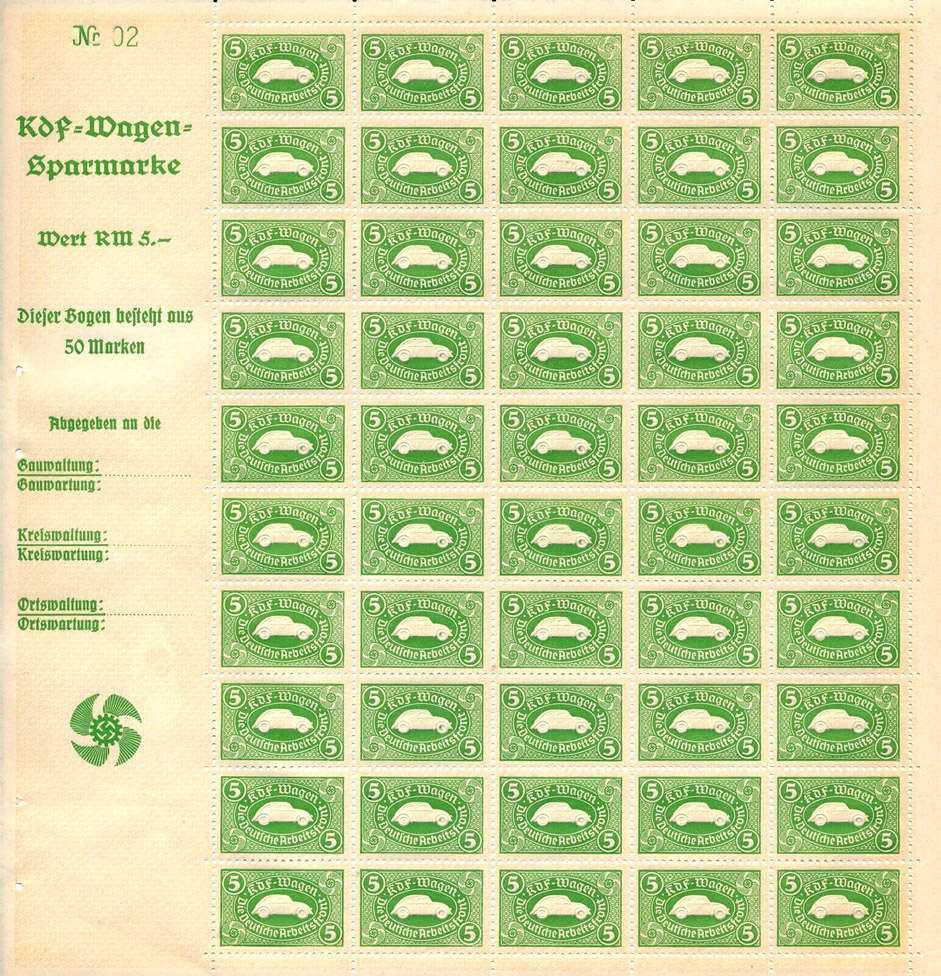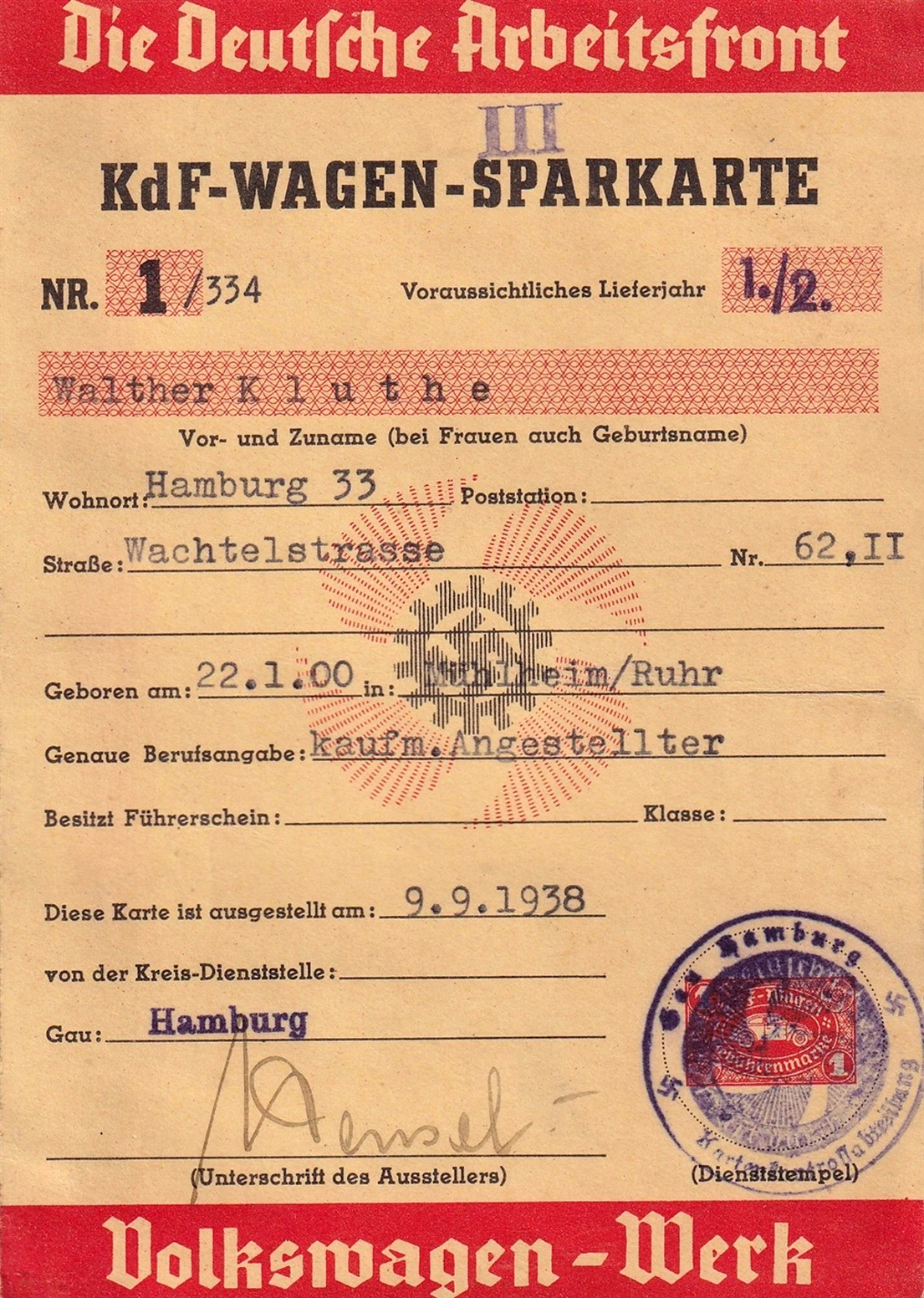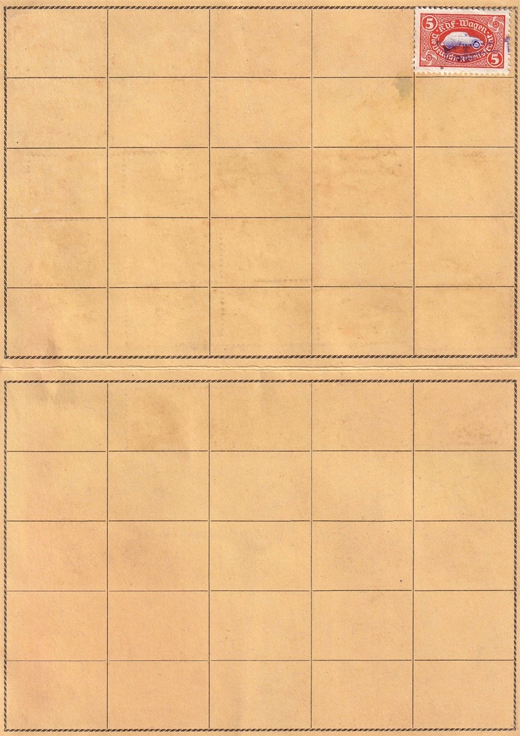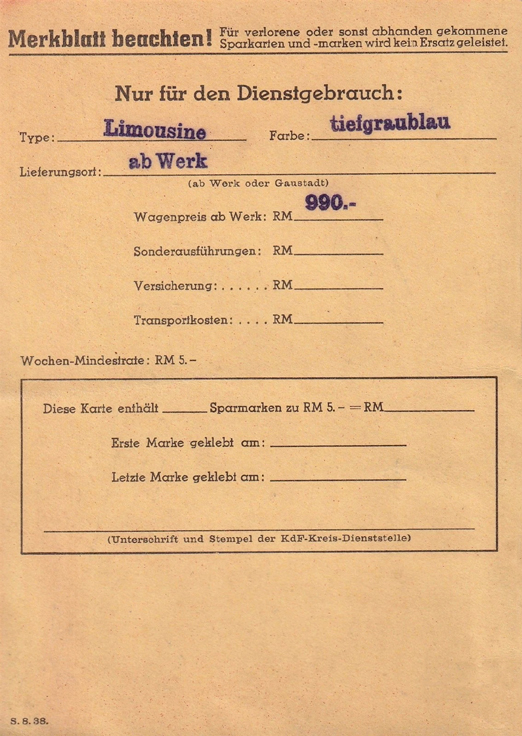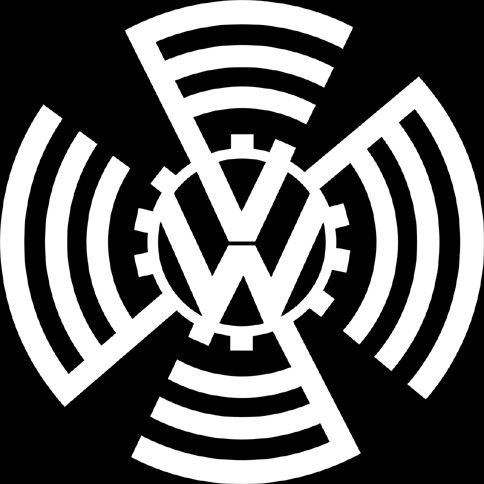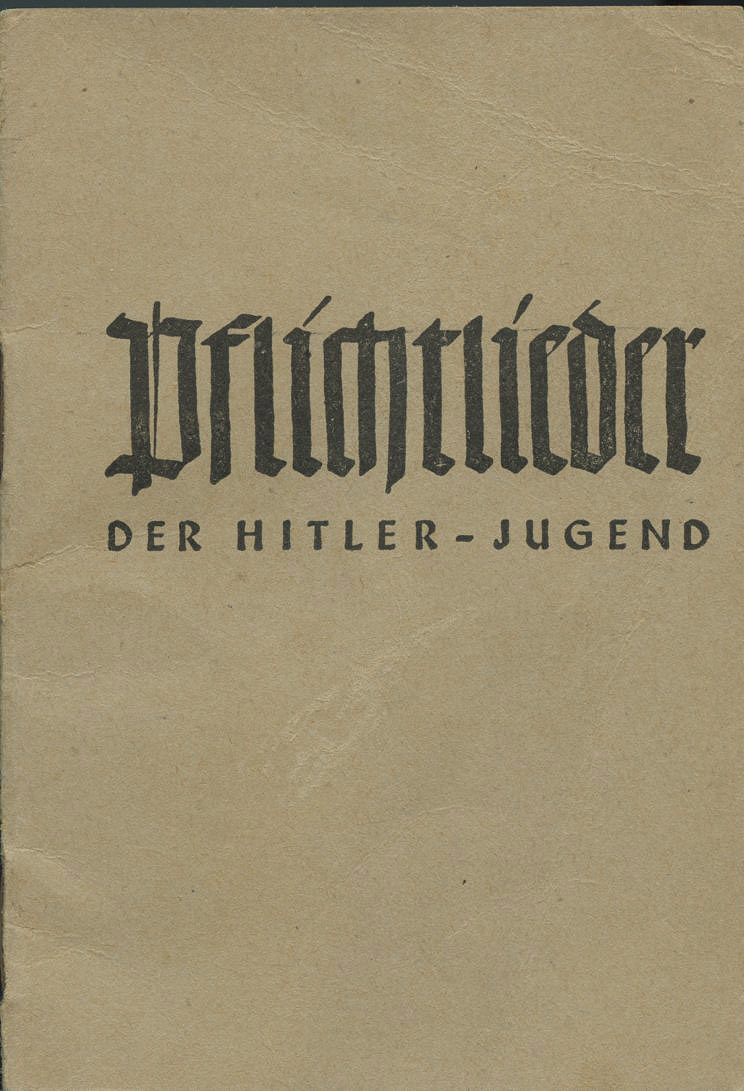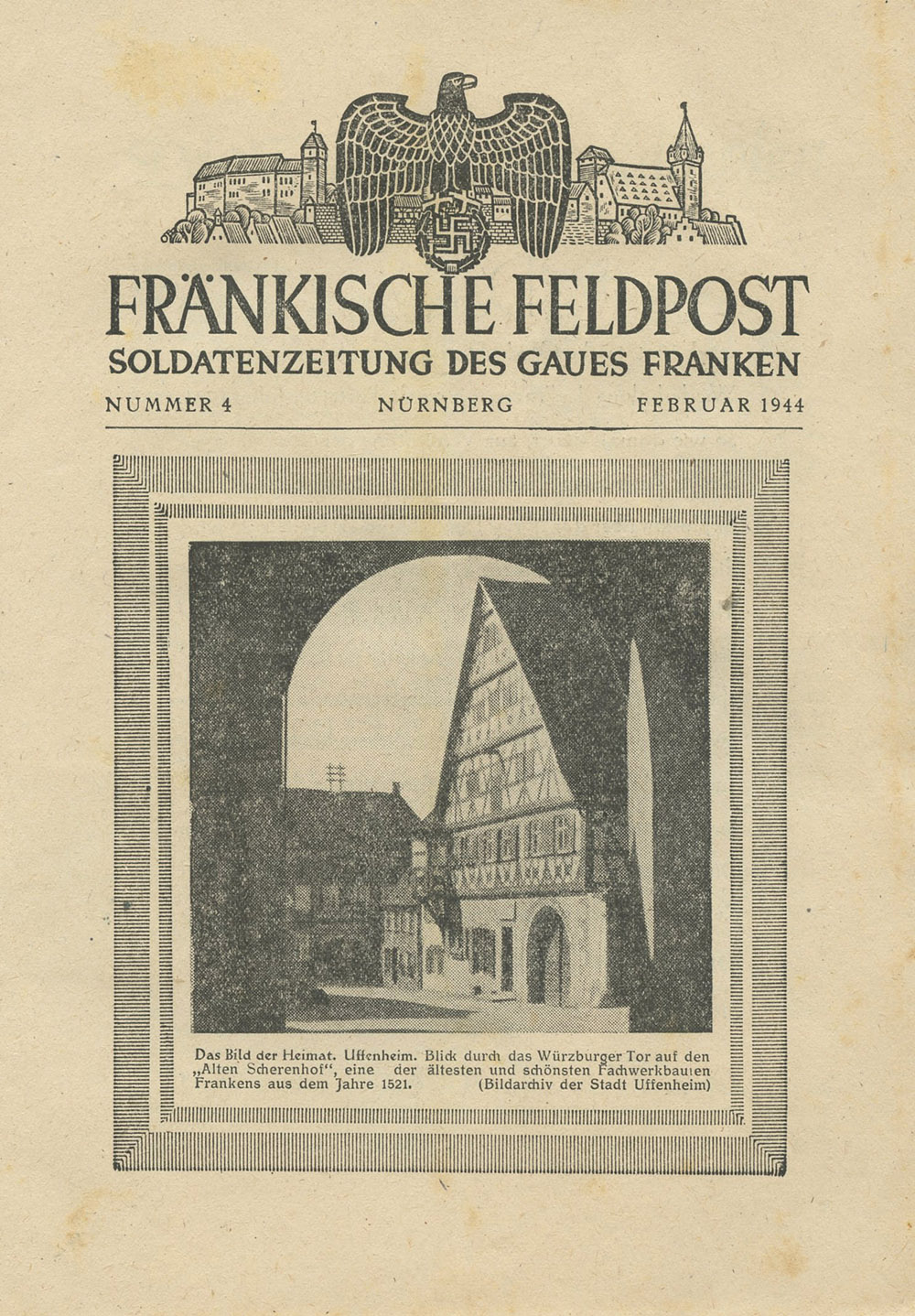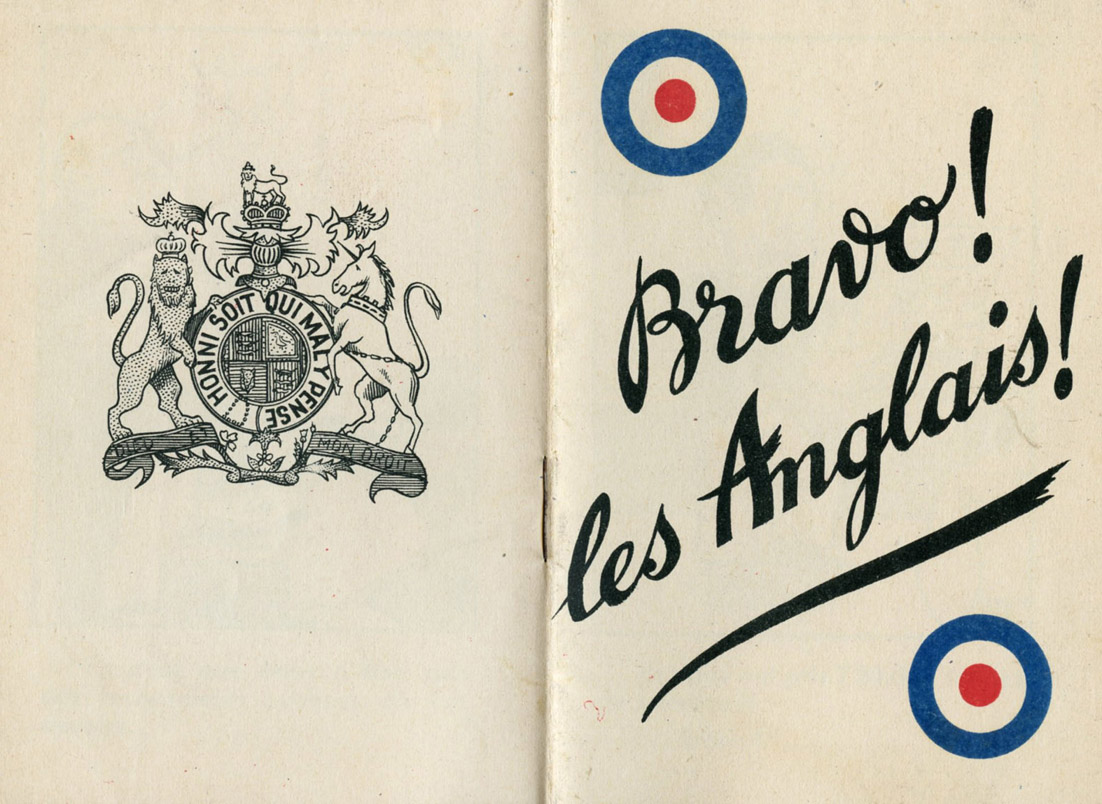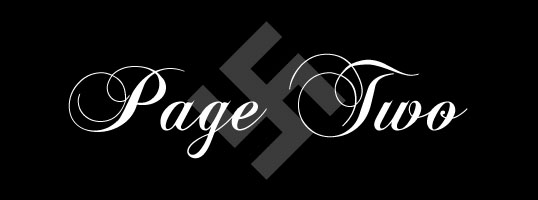
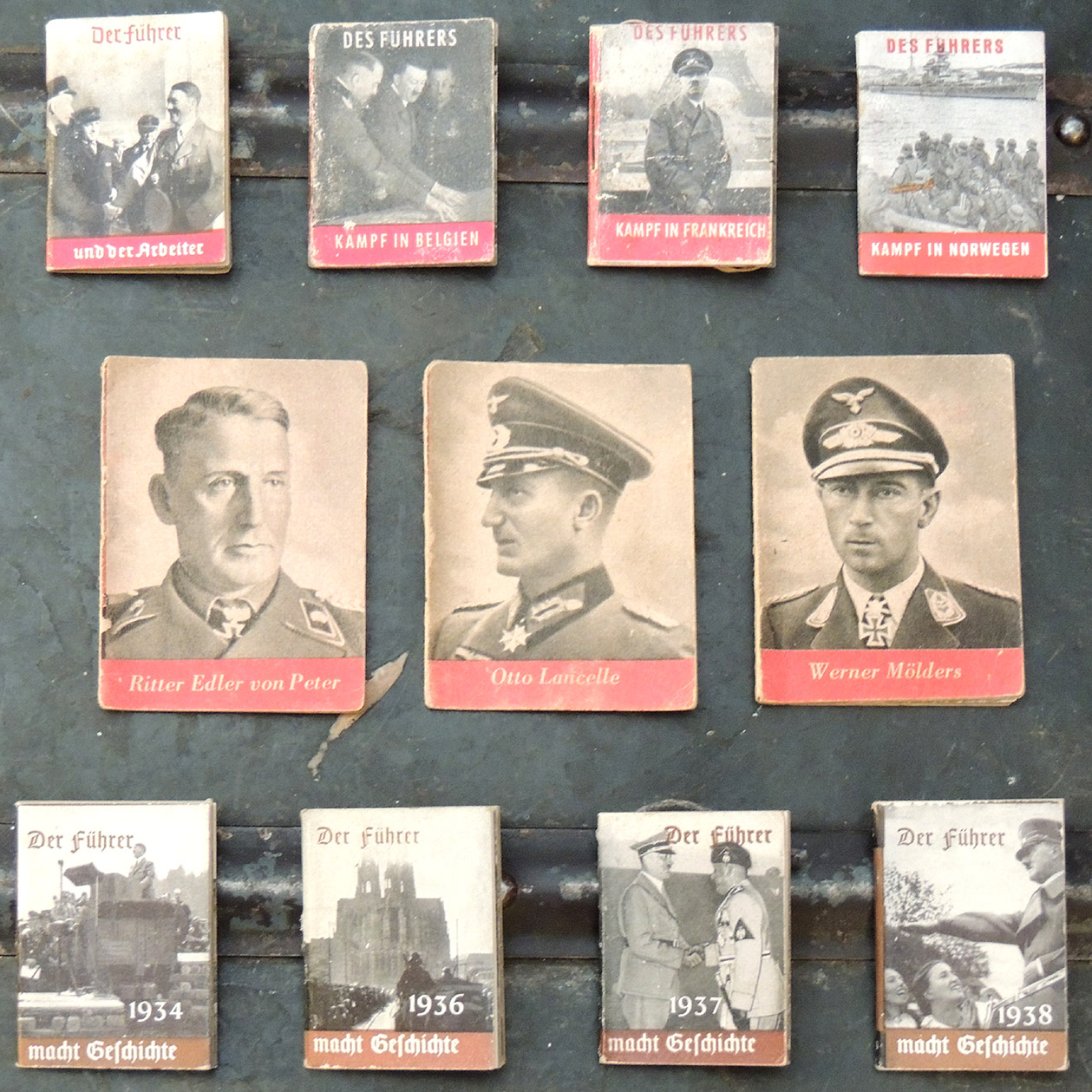
[Below: This particular book, with its blue stripe on the bottom, was released October 1938-March 1939.]
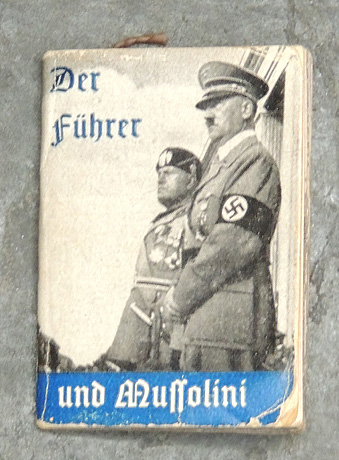
[Below: Like the miniature books above, these came in little boxes, which are many times rarer than the actual books.]
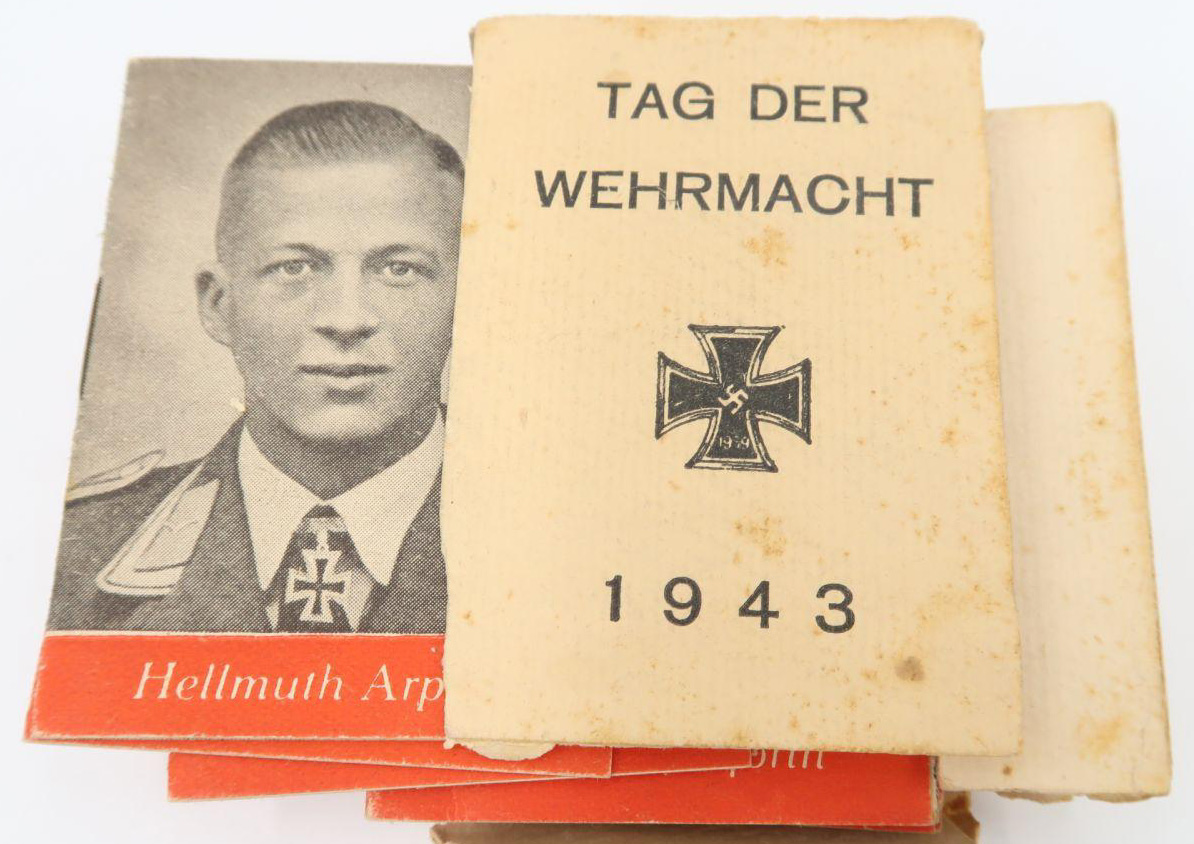
[Below: These little books were released in 1942/43 in honor of Armed Forces Day called 'Heroes of the Wehrmacht'. Each featured a winner of the prestigious Knight's Cross medal. This particular number is 11 and showcases Otto Lancelle who was martyred July 3, 1941. There are twenty of these in the series and some seem to be rarer than others. These aren't like the normal little booklets you might have seen before, they are about twice the size. These books, like the smaller ones featuring Adolf Hitler and the like, have little looping strings attached. They were given to people after they made a donation. I wonder how hard these were to collect back then? The WHW released TONS of different items, these books only being a tiny part. Trinkets of all types, made from a huge variety of materials, were given for donations. I've read that it was very popular to try to collect all the different types of WHW releases, but it must have been difficult and pricey, as there are many hundreds of WHW items. Anyway, here is the first book from beginning to end. Click to see the pages inside.]
[Below: This little book released in 1942/43 called 'Heroes of the Wehrmacht'. This particular number is 13 and showcases Werner Mölders, who was martyred on November 22, 1941. Click to see the pages inside.]
[Below: This little book released in 1942/43 called 'Heroes of the Wehrmacht'. This particular number is 15 and showcases Ritter Edler von Peter, who was martyred on September 26, 1941. Click to see the pages inside.]
[Below: Die Führer und der Arbeiter (The Führer and the Worker). Click to see inside!]
[Below: Des Führers Kampf In Belgien (The Führer's Struggle in Belgium). Click to see inside!]
[Below: Des Führers Kampf in Norwegen (The Führer's Struggle in Norway). Click to see inside!]
[Below: Des Führers Kampf in Frankreich (The Führer's Struggle in France). Click to see inside!]
[Below: Der Führer macht Geschichte 1934 (The Führer Makes History). Click to see inside!]
[Below: Der Führer macht Geschichte 1936 (The Führer Makes History). Click to see inside!]
[Below: Der Führer macht Geschichte 1937 (The Führer Makes History). Click to see inside!]
[Below: Der Führer macht Geschichte 1938 (The Führer Makes History). Click to see inside!]
[Below: Der Führer und Mussolini (The Führer and Mussolini). Click to see inside!]
[Below: Here is a Strength Through Joy postcard showing the little booklets. The postcard and cancel are from March 26, 1939. Pretty neat.]
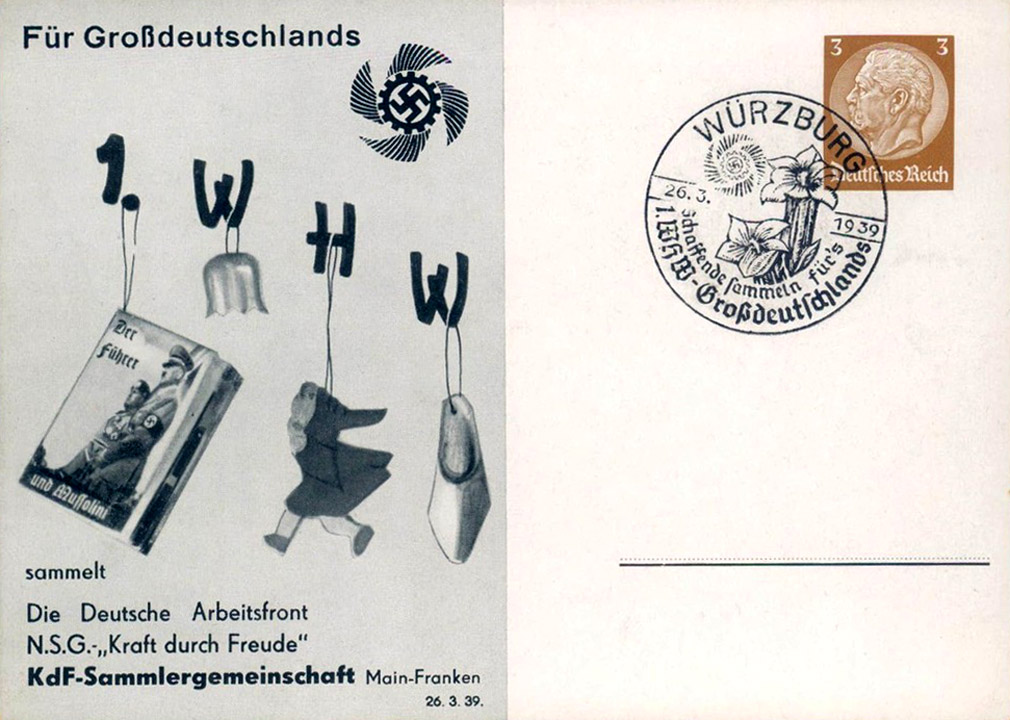

[Below: Number 4, July 1939. Veit Stoss was a leading German sculptor, born sometime before 1450 and died in September 1533. ]
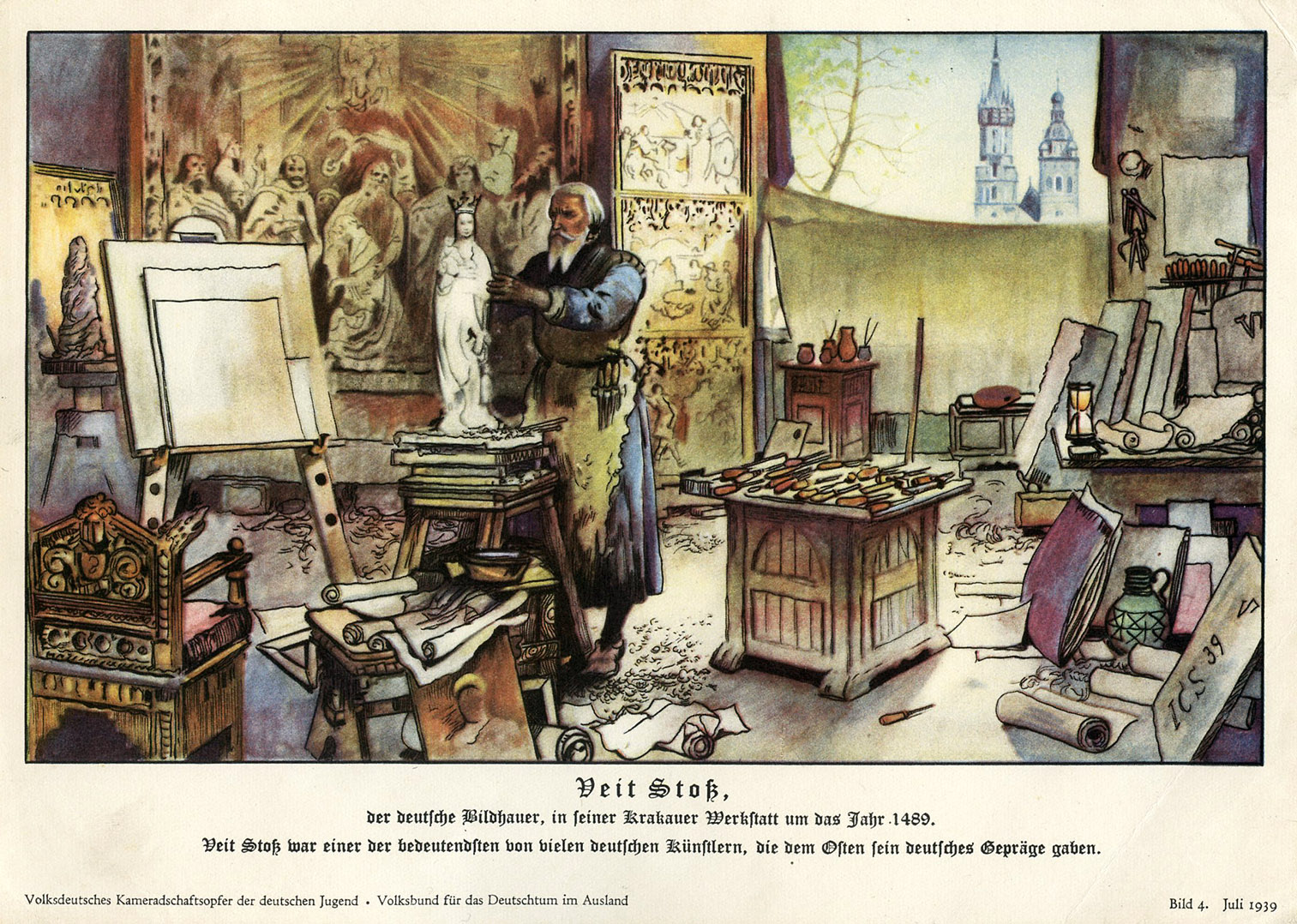
[Below: Number 5, August 1939.]

[Below: Number 6, September 1939.]
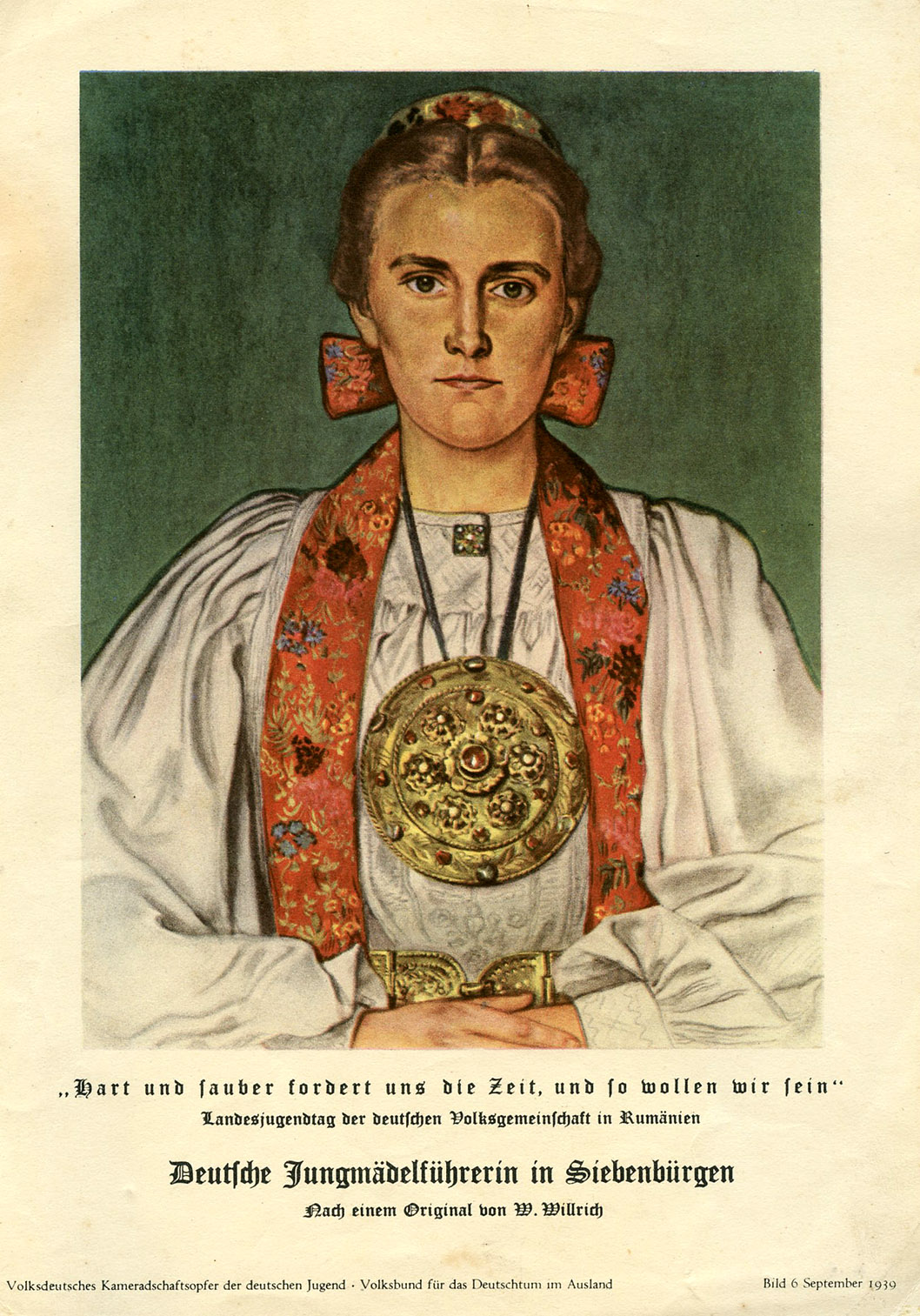
[Below: Number 8, November 1939. This has a quote from Alfred Rosenberg: 'Die Balten verlieren eine heimat, aber gervinnen ihr Vaterland' (The Balts lose a homeland, but gain their fatherland).]

[Below: Number 18, September 1940.]
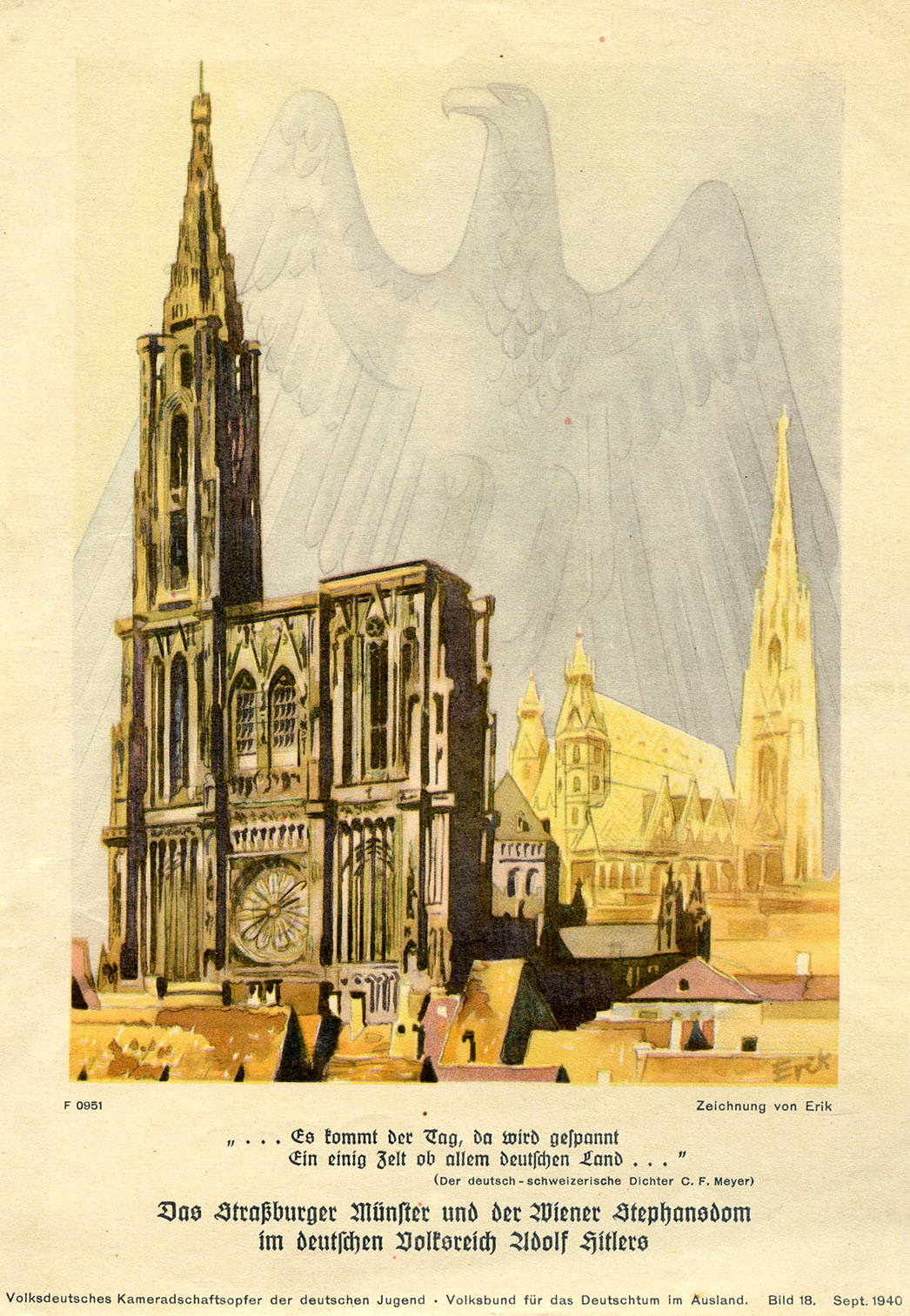
[Below: Number 20, November 1940.]
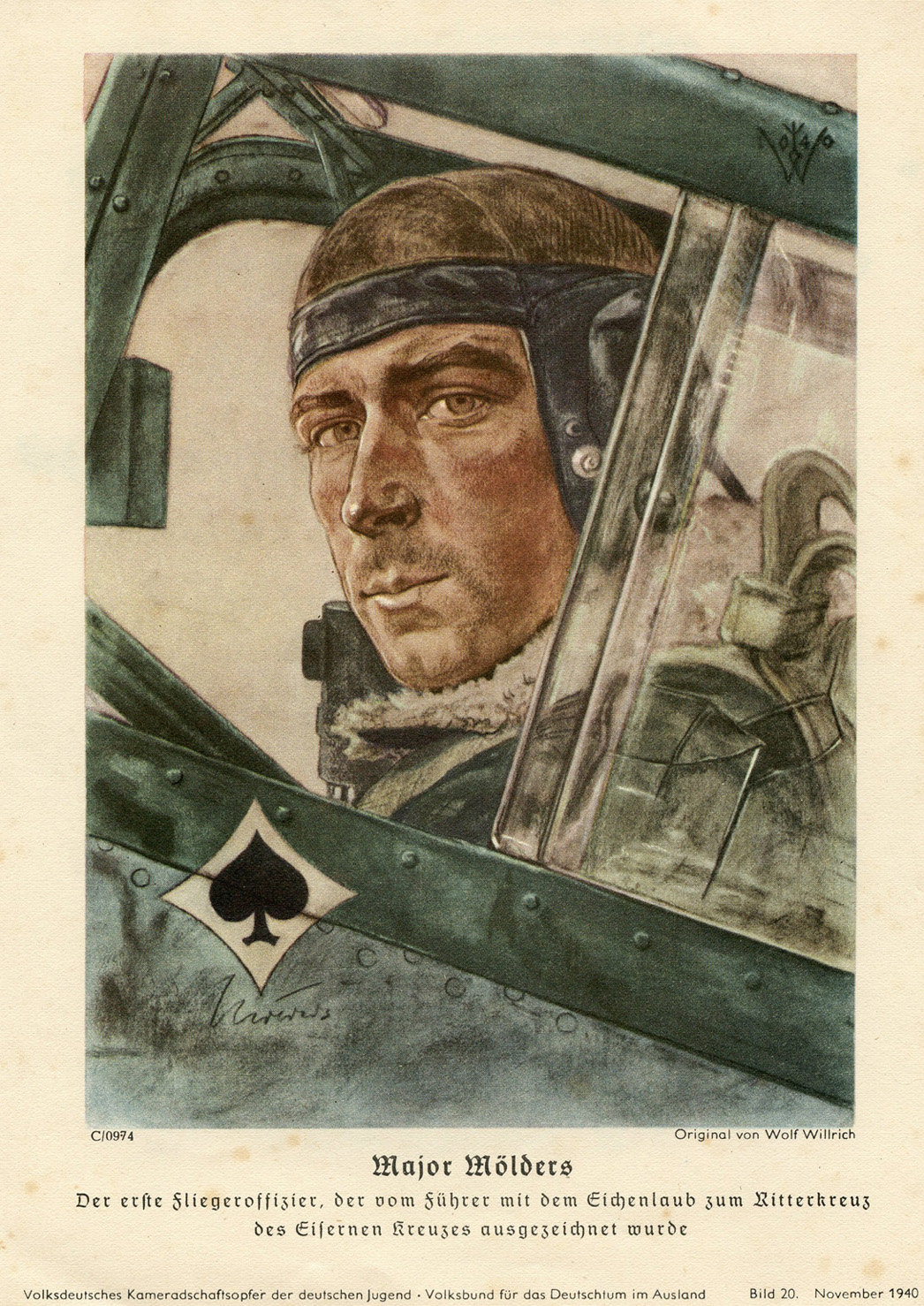
[Below: Number 22, March 1941.]

[Below: Number 24, March 1941.]
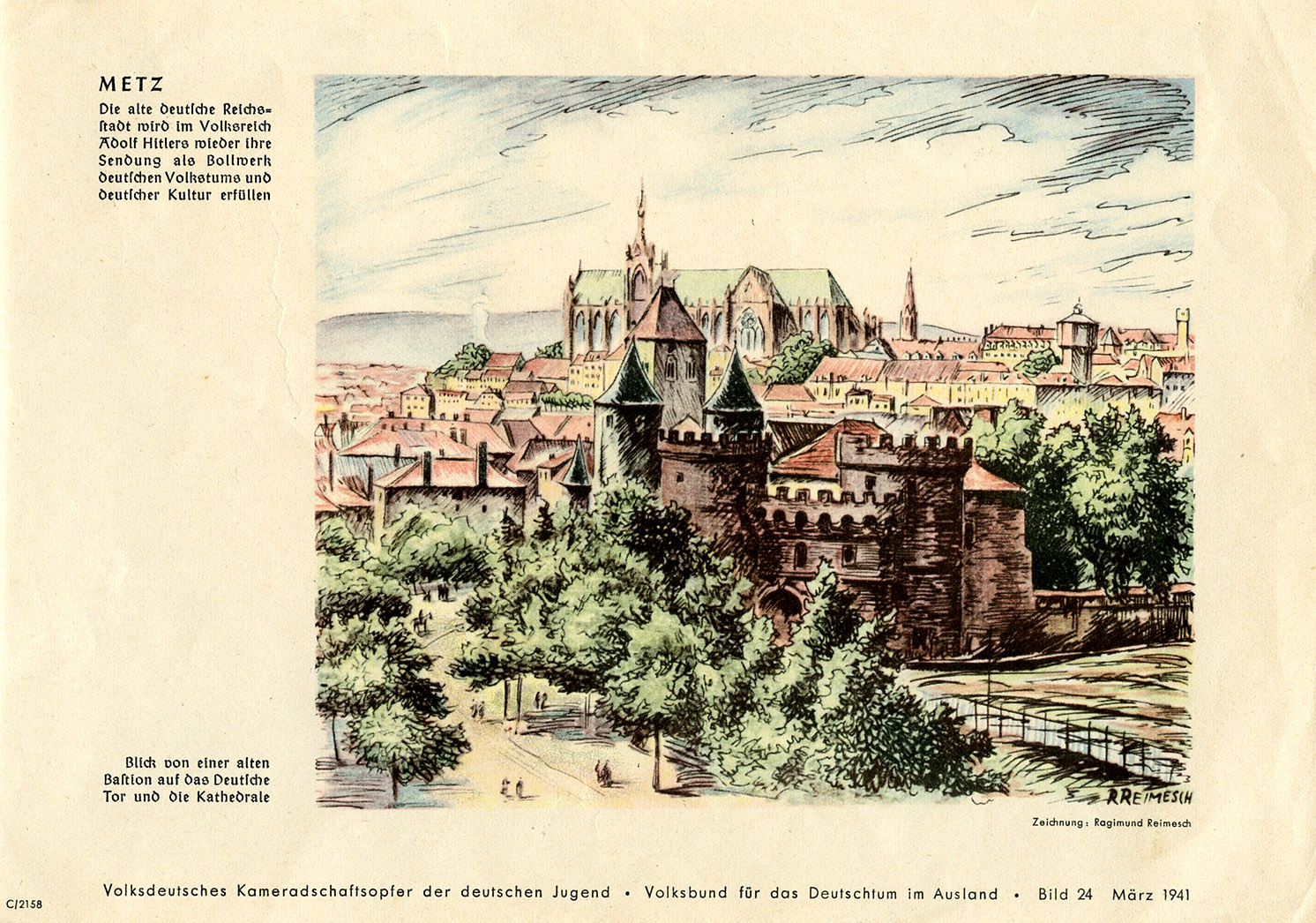
[Below: Number 27, June 1941.]
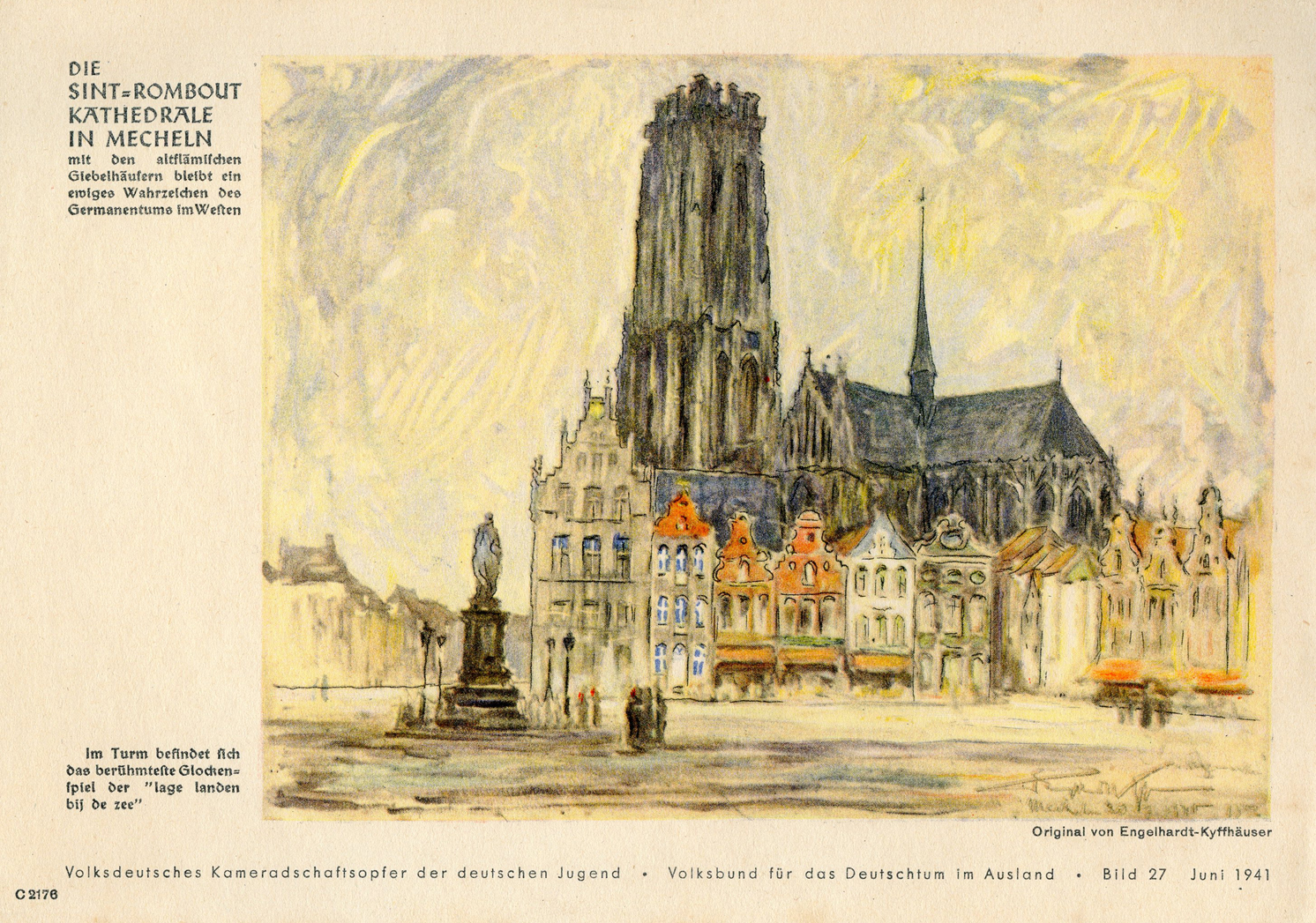
[Below: Number 29, August 1941.]
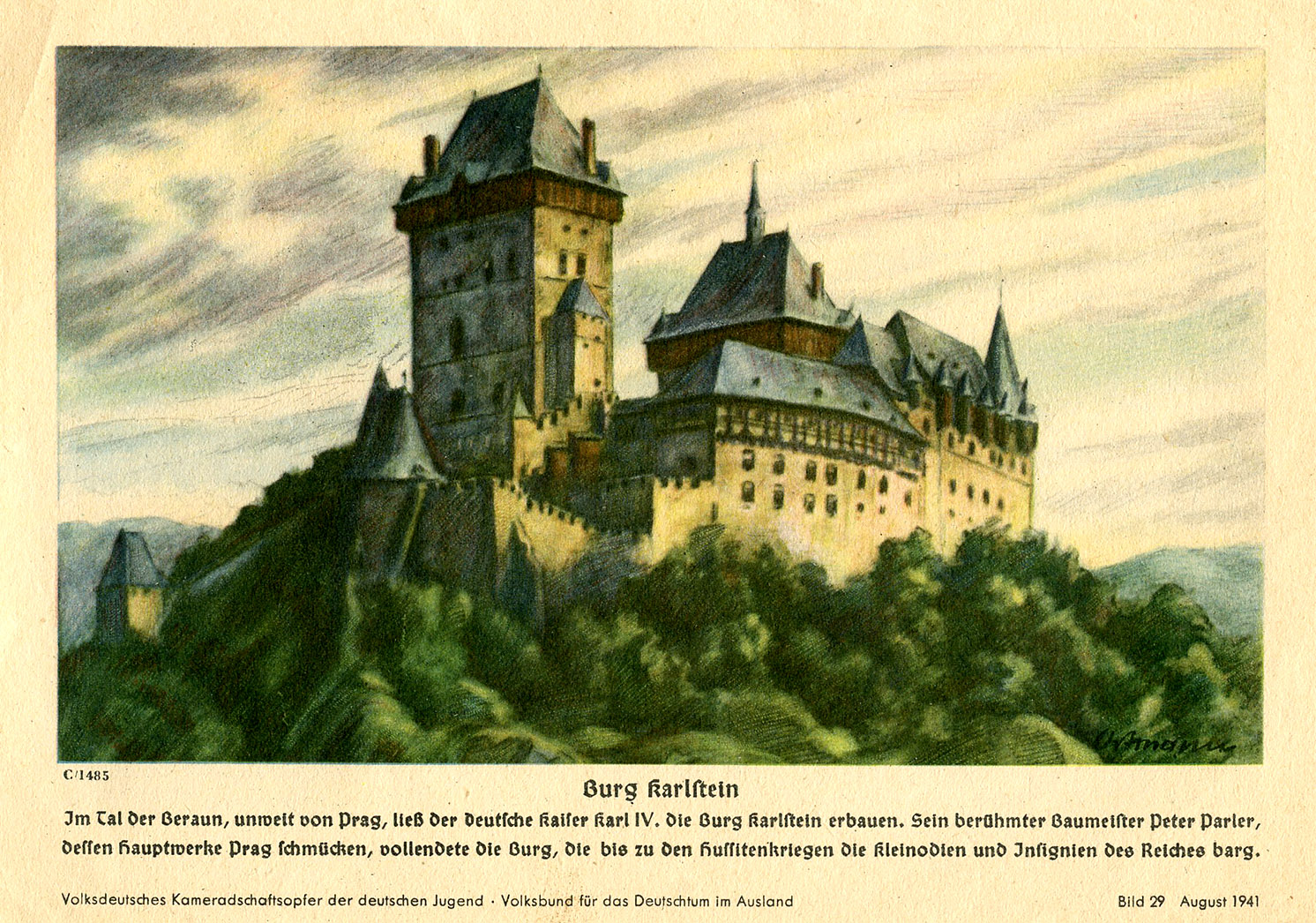

[Below: I'm not sure what this paper was used for, but it is a 'Motor-Kritik-Test-Karte' (Engine Critique Test Card) for the Volkwagon automobile. Note that is is called the 'KdF Wagon', this standing for 'Kraft durch Freude' or 'Strength Through Joy'). This revolutionary car was envisioned by Adolf Hitler, who even drew sketches of it, and was meant to be a 'people's car'. He wanted every working German to be able to afford an automobile. There were even savings books you could get from your employer to earn stamps toward the car. Of course the war spoiled all of these innovations, like everything it ruined.]
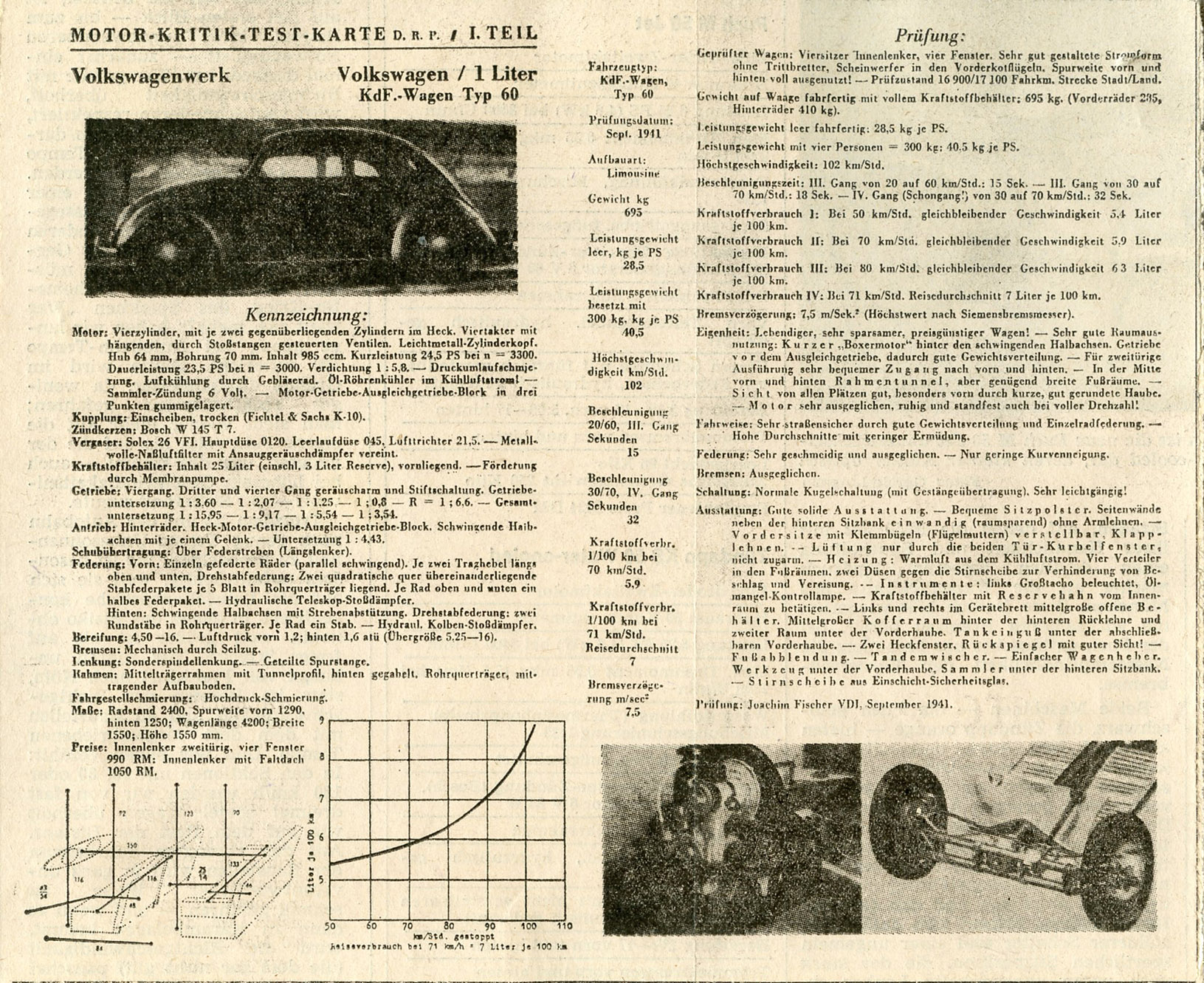
[Below: Adolf Hitler sketched this drawing of the Volkswagon in the summer of 1932, while having lunch in a restaurant in Munch. This extraordinary design would become the most built car body of the 20th century!]

[Below: Adolf Hitler views a prototype model of the Volkswagon with Ferdinand Porsche (left, black suit), and Strength Through Joy leader Robert Ley (middle).]
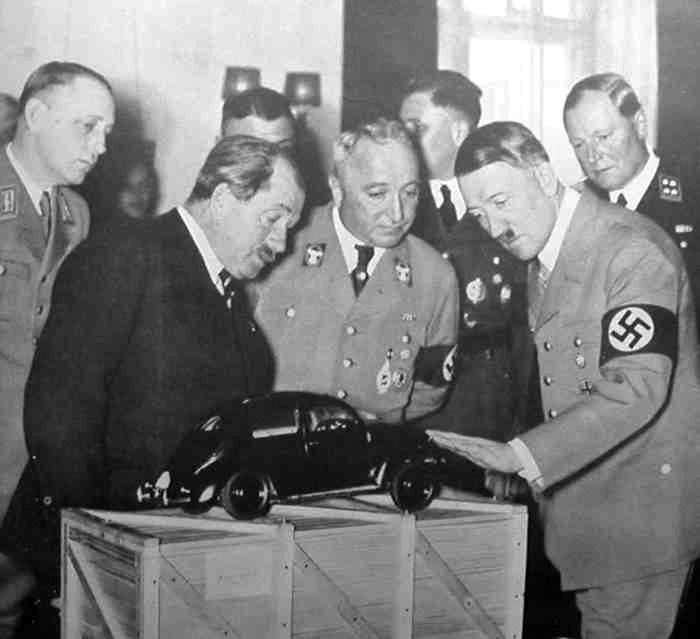
[Below: Adolf Hitler views a prototype model of the Volkswagon with Ferdinand Porsche (left, black suit). Behind Hitler, and to his left, is Adolf Hühnlein (September 12, 1881 – June 18, 1942) the Korpsführer of the National Socialist Motor Corp.]
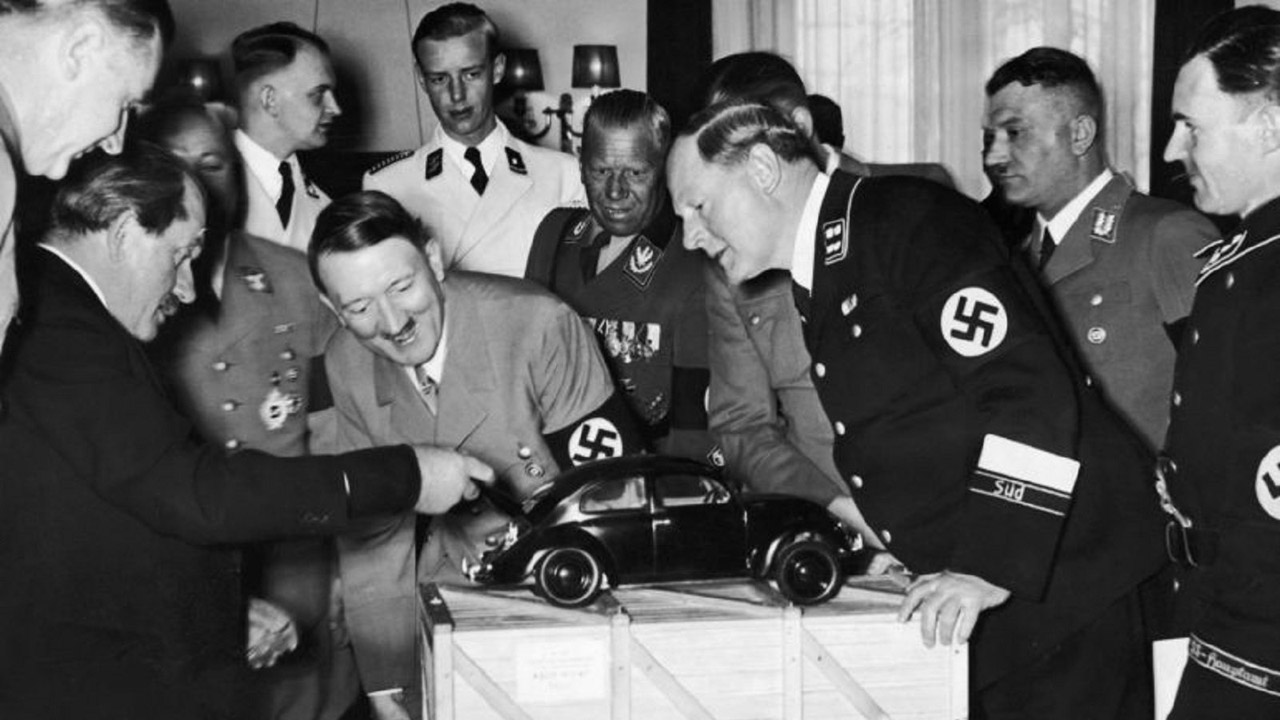
[Below: Volkswagen savings stamps.]
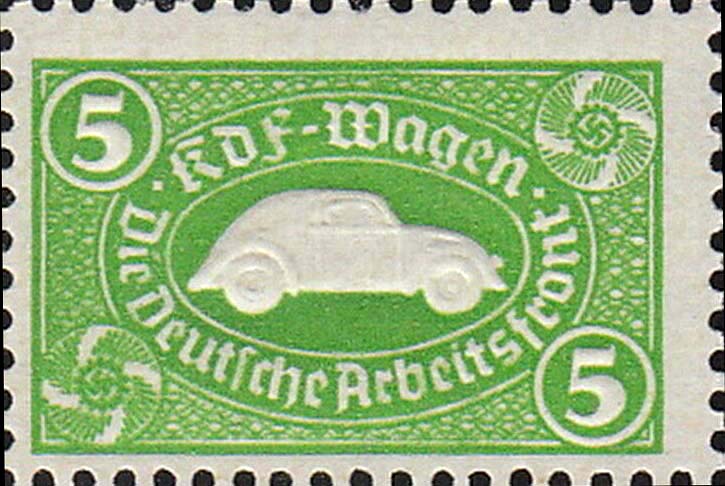
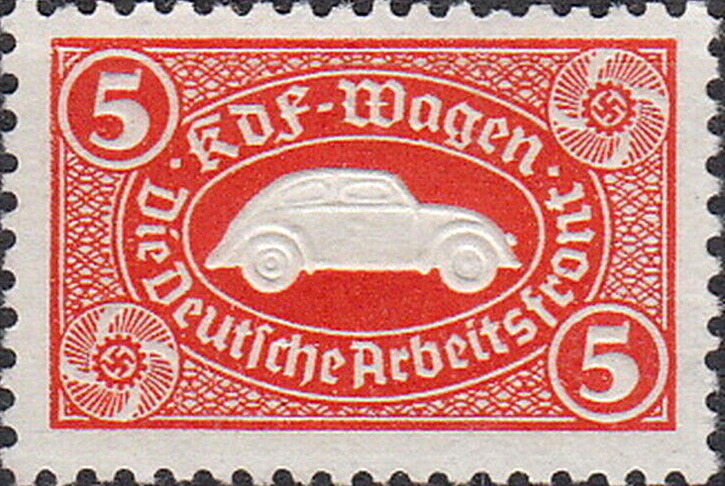
[Below: A rare sheet of Volkswagen savings stamps. Click to enlarge.]
[Below: Rare Volkswagen booklet. Click to enlarge.]
[Below: Inside (left) and reverse of booklet. Click to enlarge.]
[Below: Adolf Hitler and Ferdinand Porsche (left of Hitler, black suit) with Robert Ley (right of Hitler).]
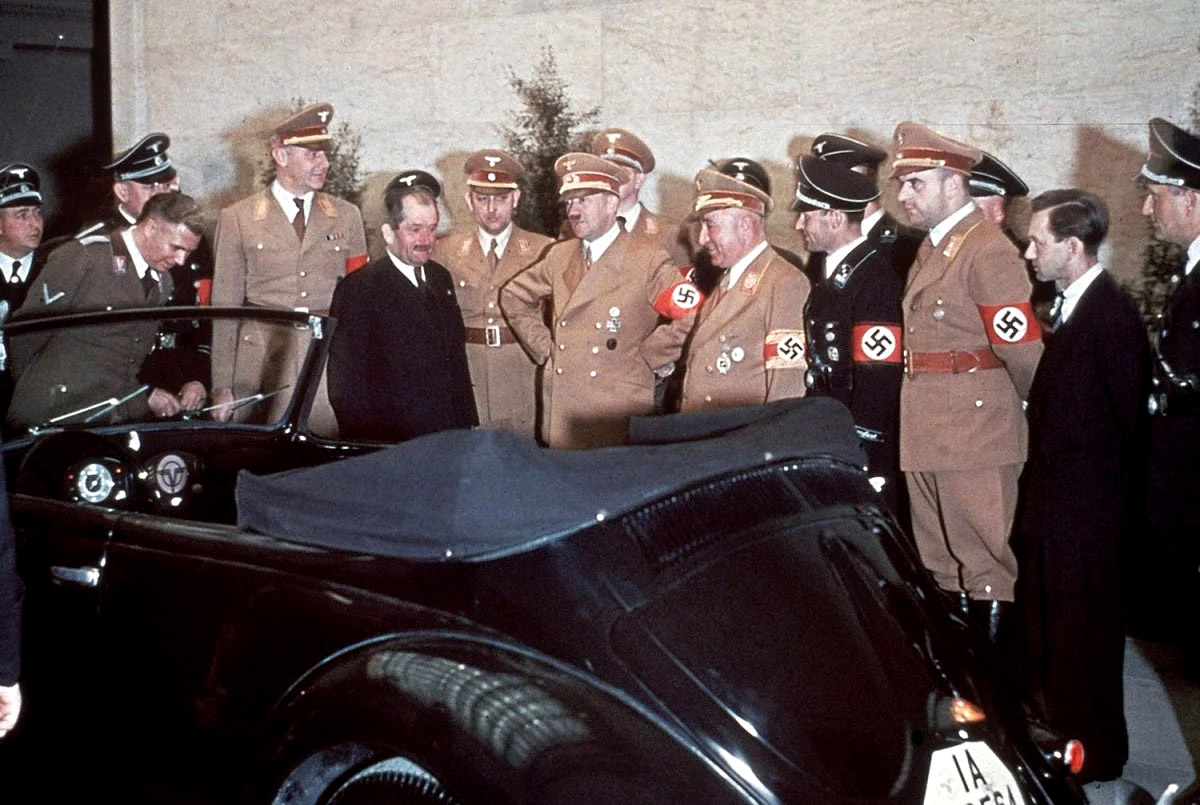
[Below: A stamp honoring the Volkswagen was released in 1939 (this was later overprinted, as seen here, for a Nürburgring race).]
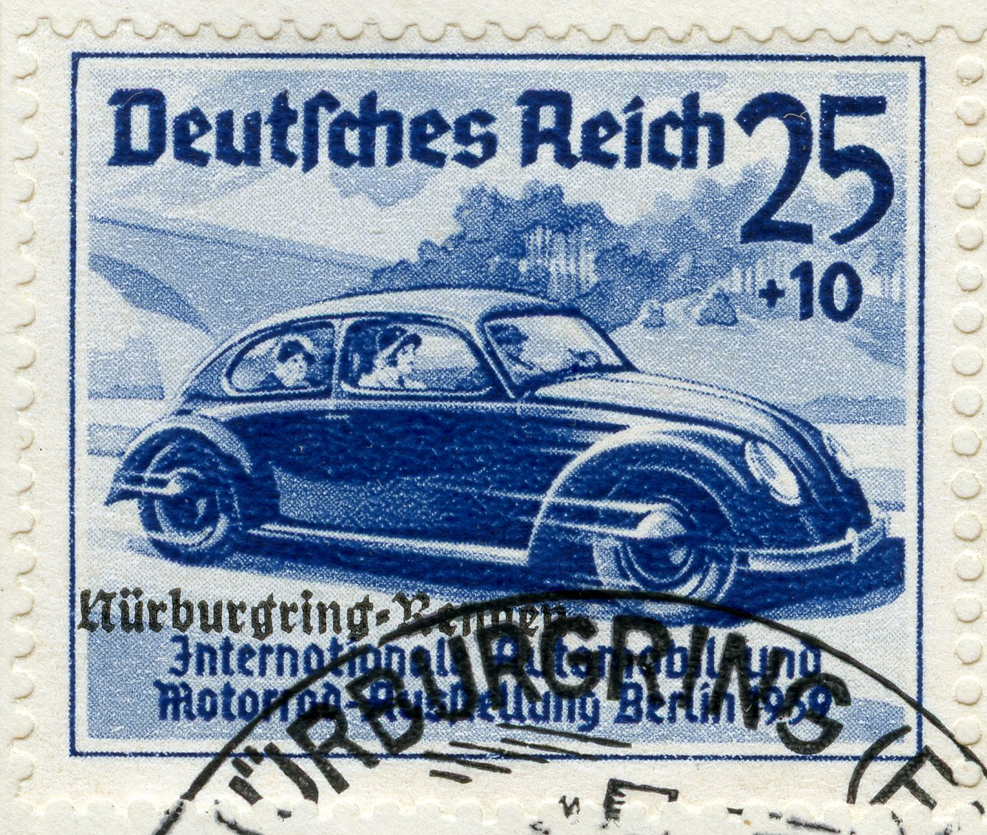
[Below: This is from the 'Berliner Illustrirte Zeitung', number 6, February 9, 1939. It shows the development stages of the Volkswagen.]
[Below: A great poster showing a lost family and the father looking at a map.]
[Below: A swastika VW logo used from 1937-39.]

[Below: This small newsletter of sorts is called 'Merkblätter für die kriegerkameradschaften' literally translates as 'Leaflets for the warrior comrades'. It is a veteran's publication from December 1940.]
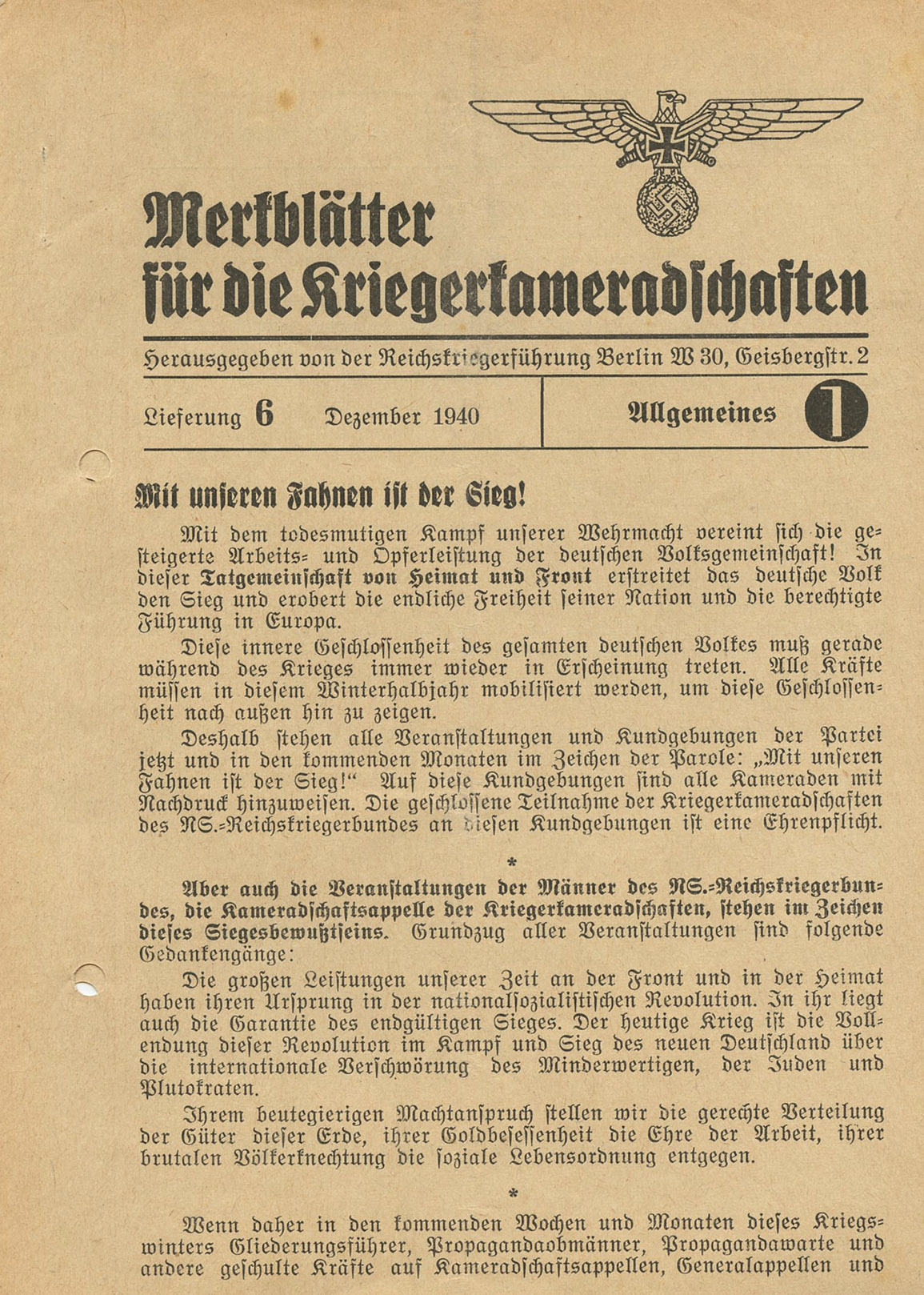
[Below: Here's a sample page...]
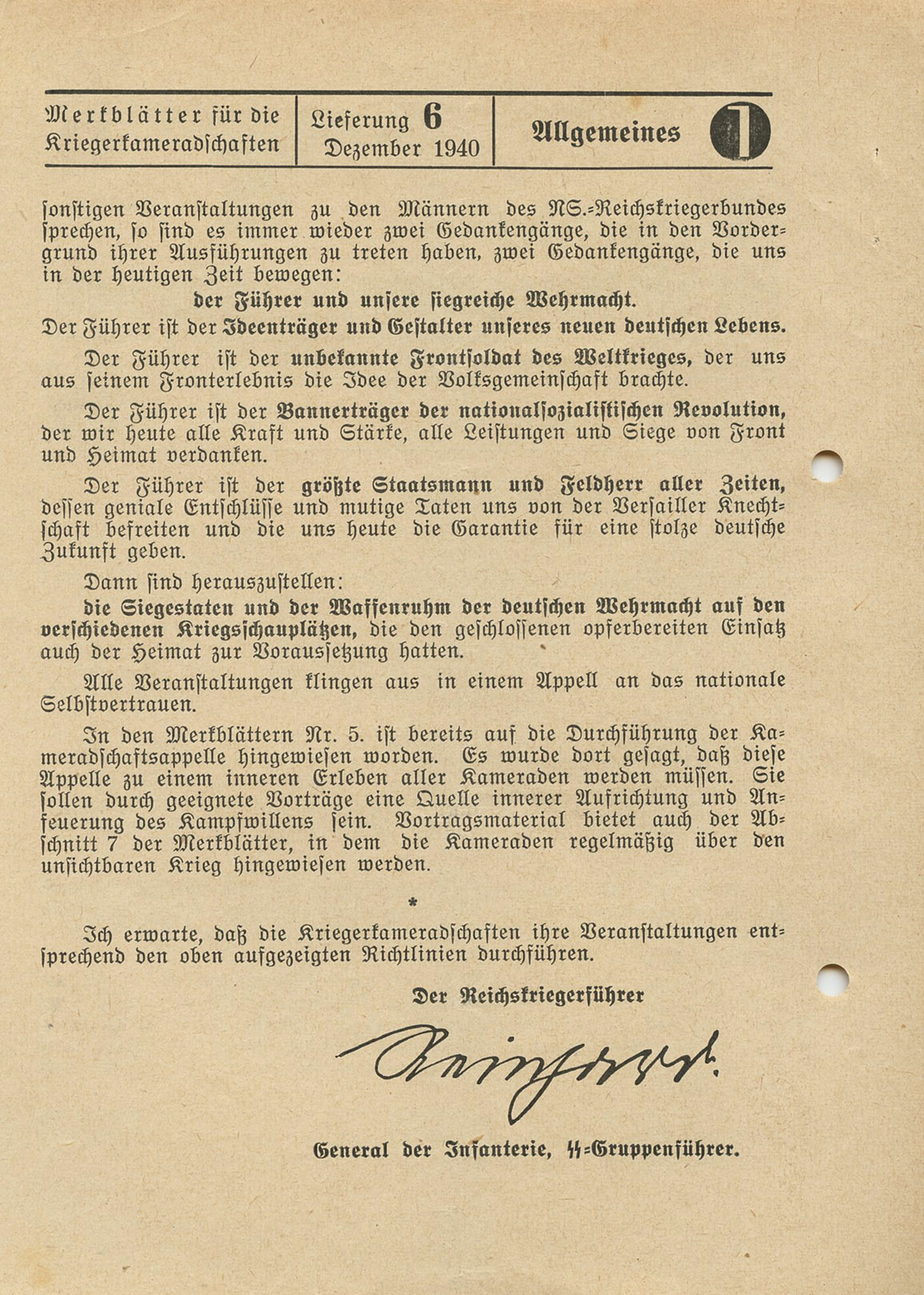

[Below: This booklet is called 'Panzerpioniere im Häuserkampf' (Tank Engineers in Urban Combat) and at the bottom it says 'Kriegsbücherei der deutschen Jugend' (War Library of the German Youth).]
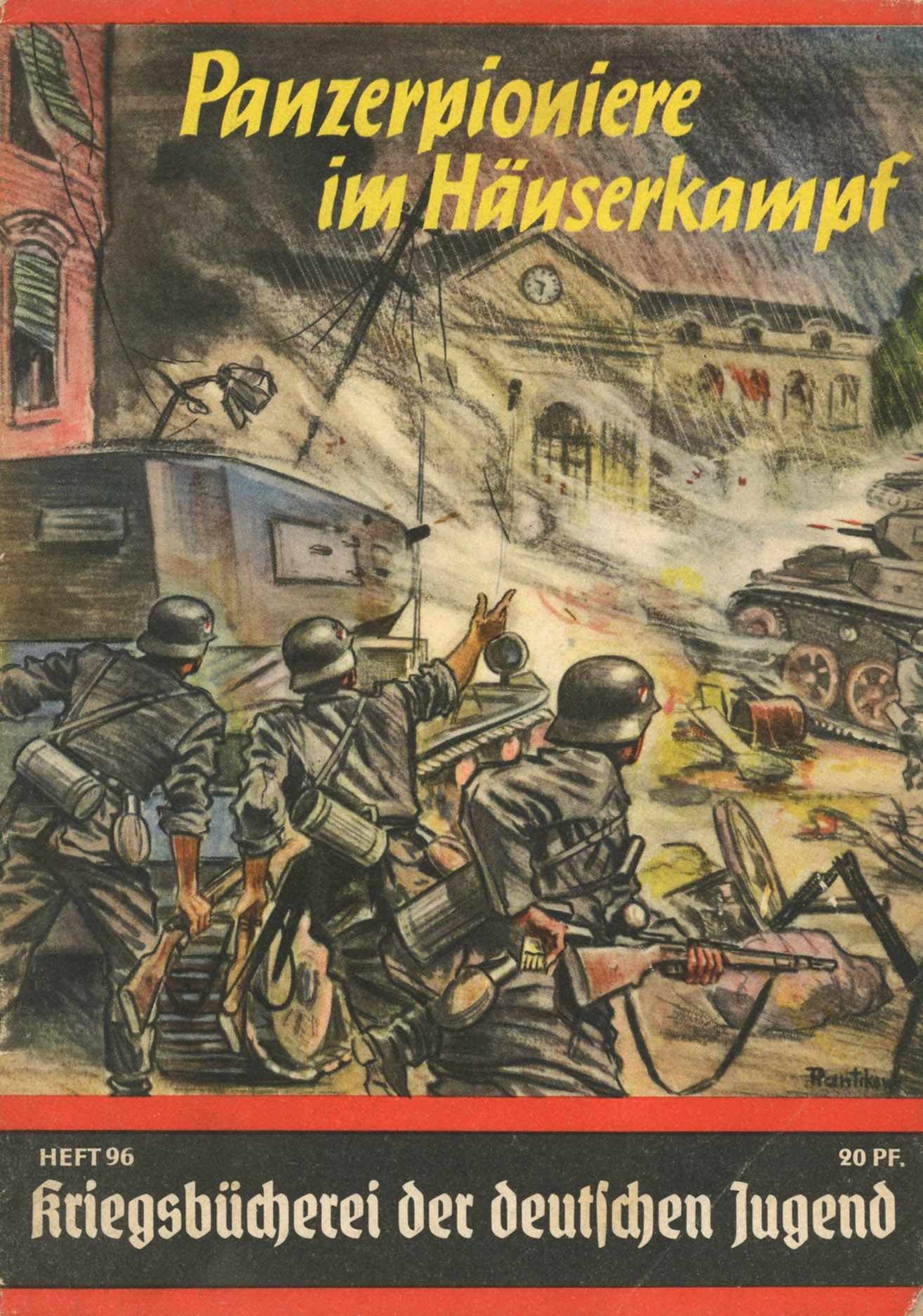
[Below: Reverse. This is 'Heft' (Issue) 96. As we can see by the names of the other issues shown here, each issue of this publication covered many different military topics.]
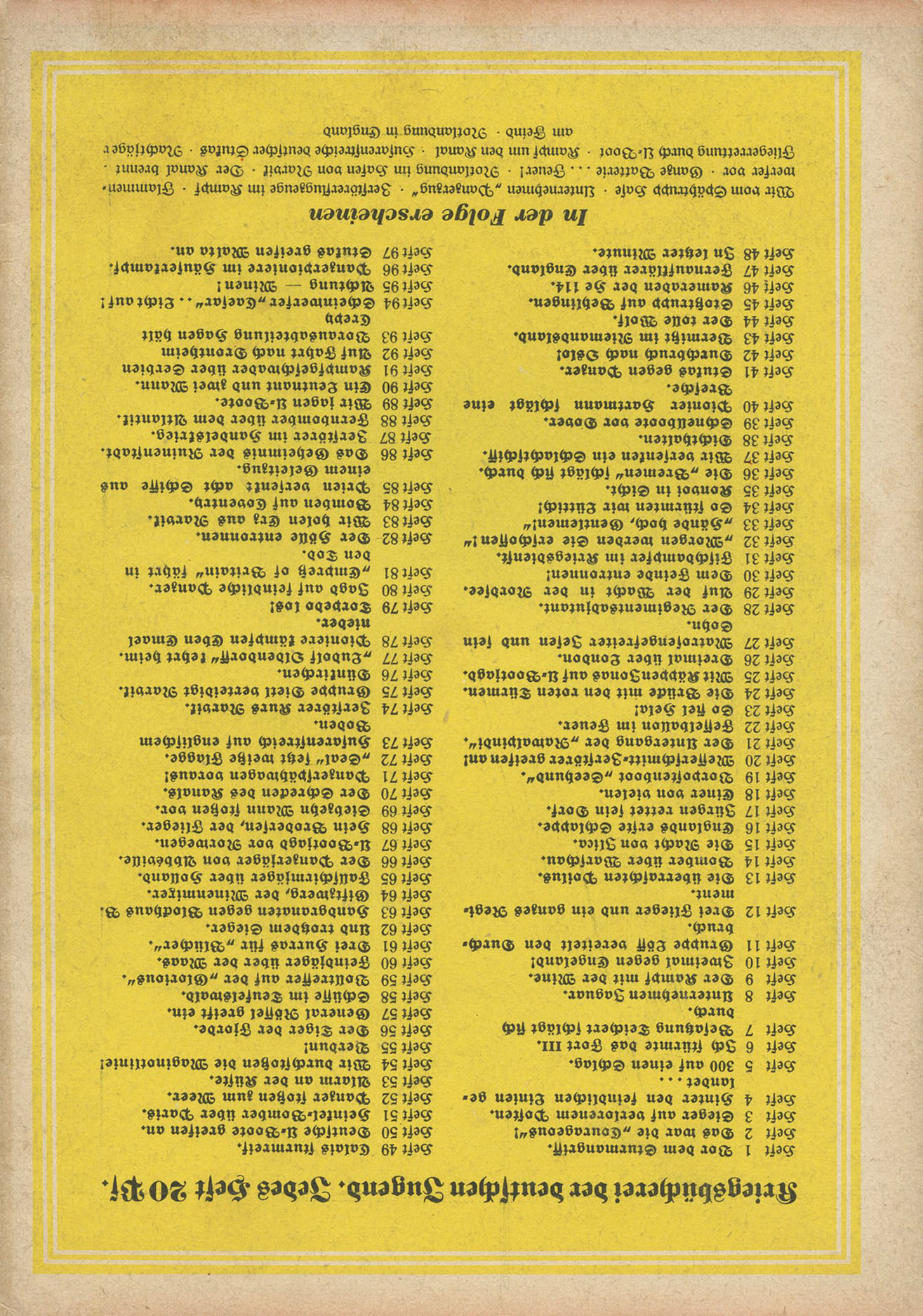
[Below: A page within showing the great illustrations.]
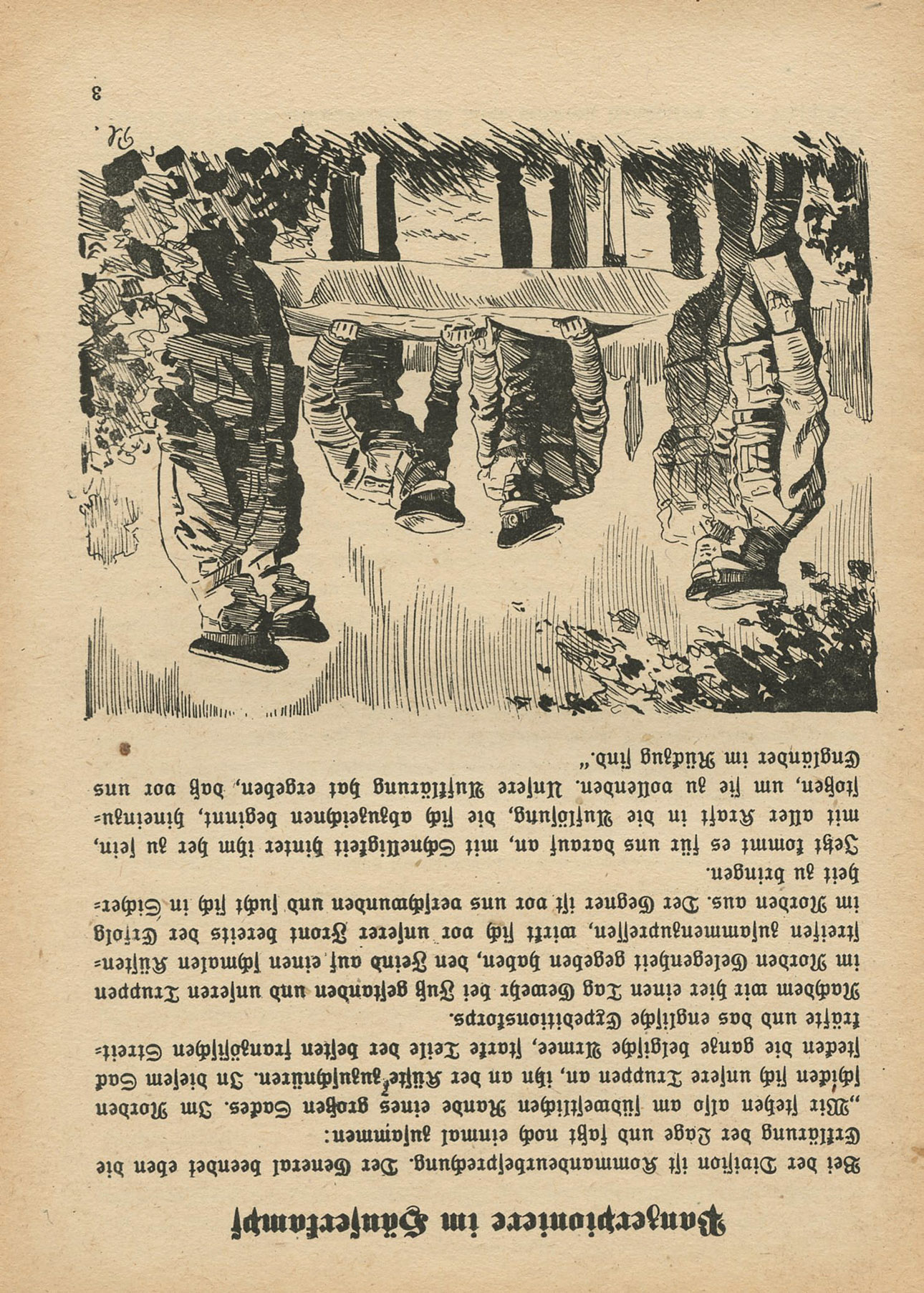
[Below: A page within showing the great illustrations.]
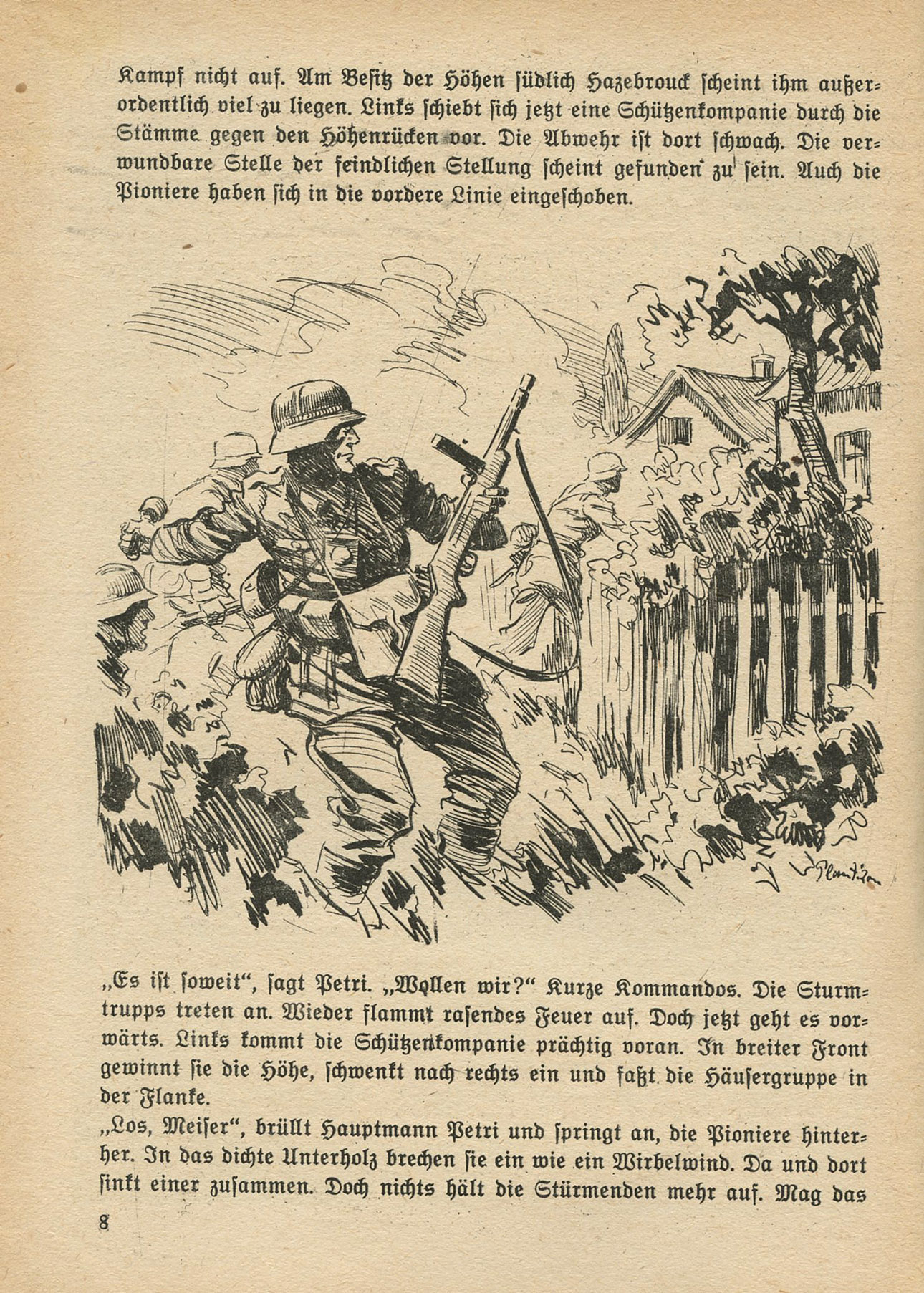
[Below: A page within showing the great illustrations.]

[Below: Another example of the series of booklets like that above, this one is called 'Hinter den feindlichen Linien gelandet' (Landed Behind Enemy Lines).]
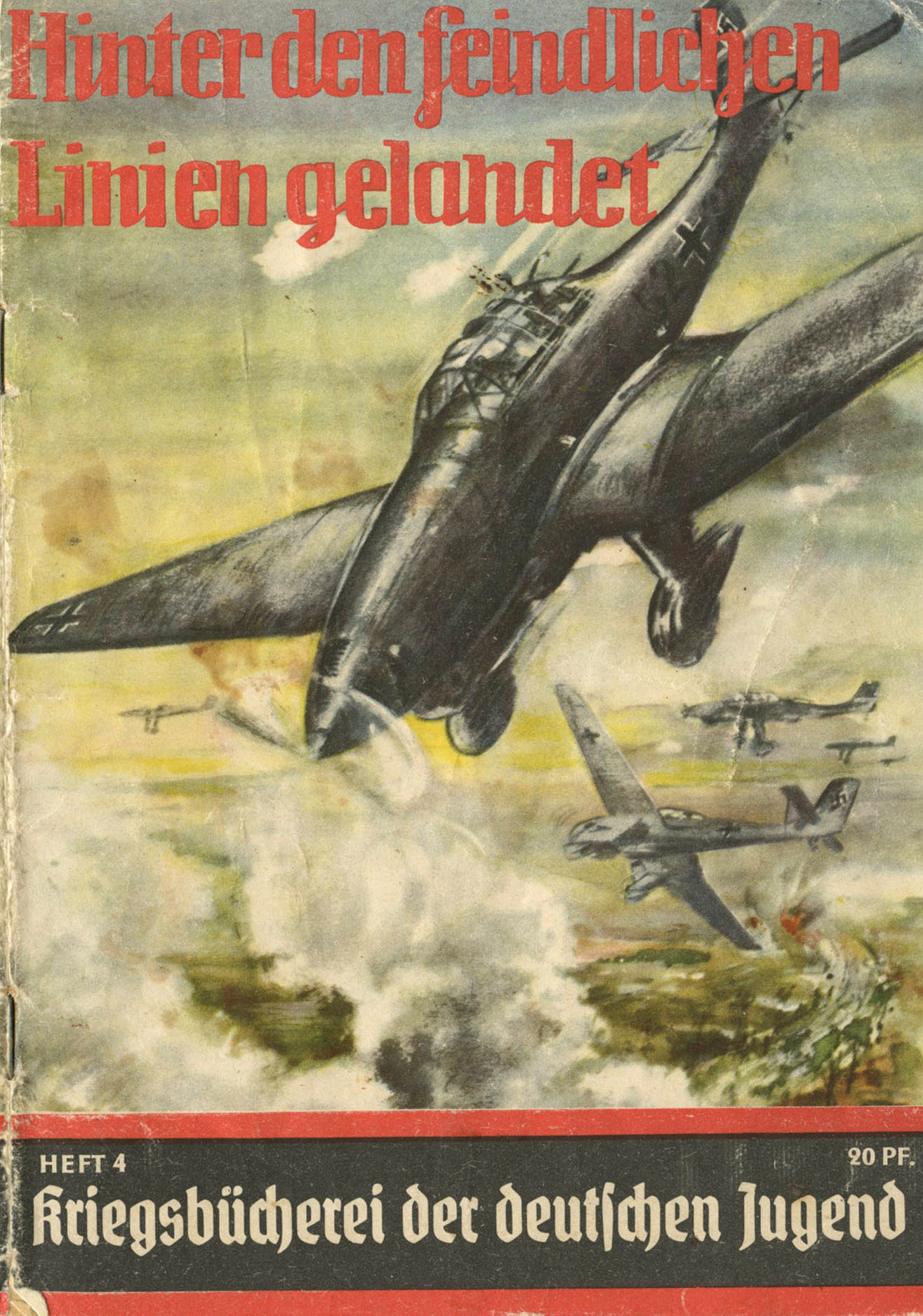
[Below: Reverse. This is 'Heft' (Issue) 4. As we can see by the names of the other issues shown here, each issue of this publication covered many different military topics.]
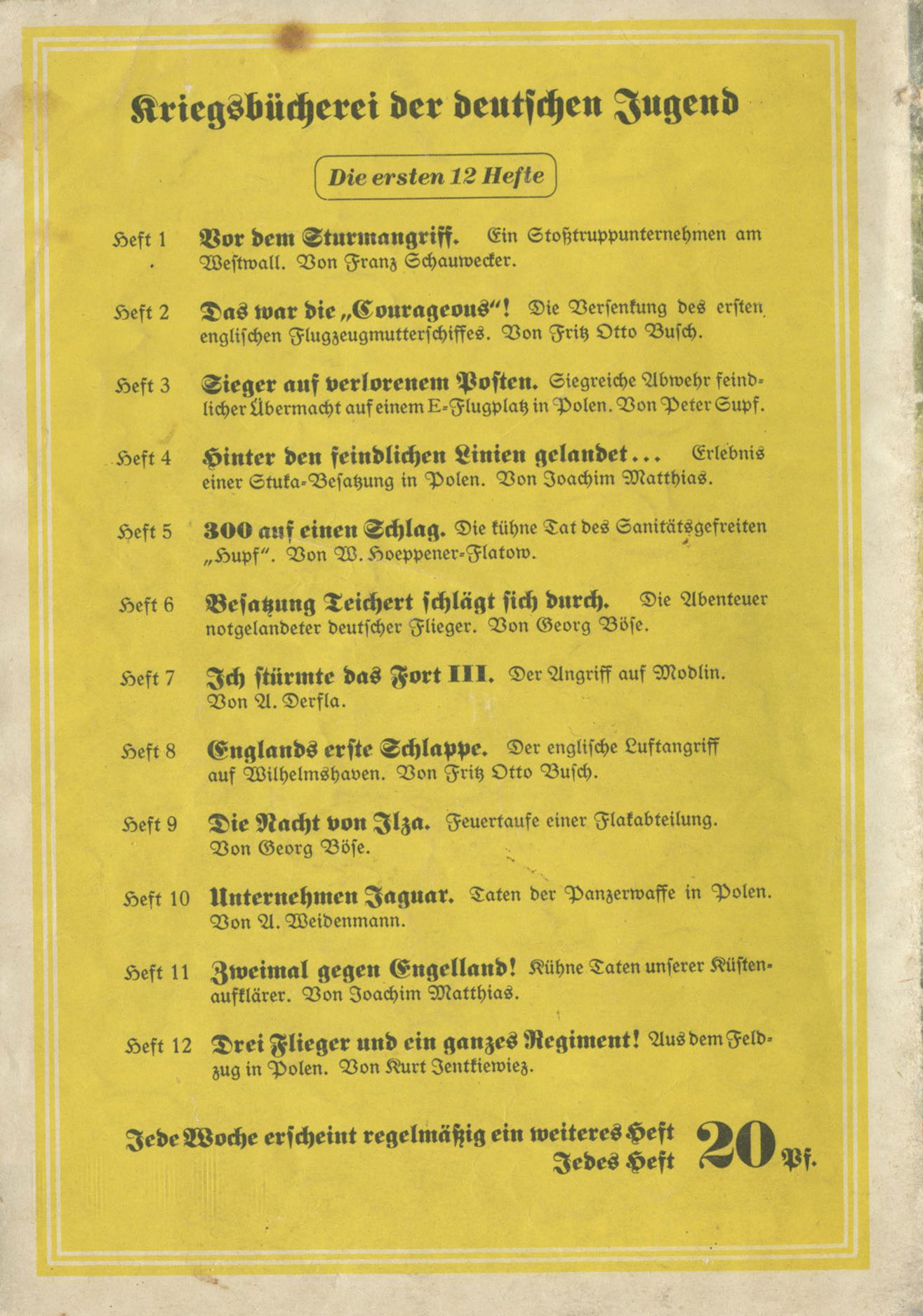
[Below: A page within showing the great illustrations.]
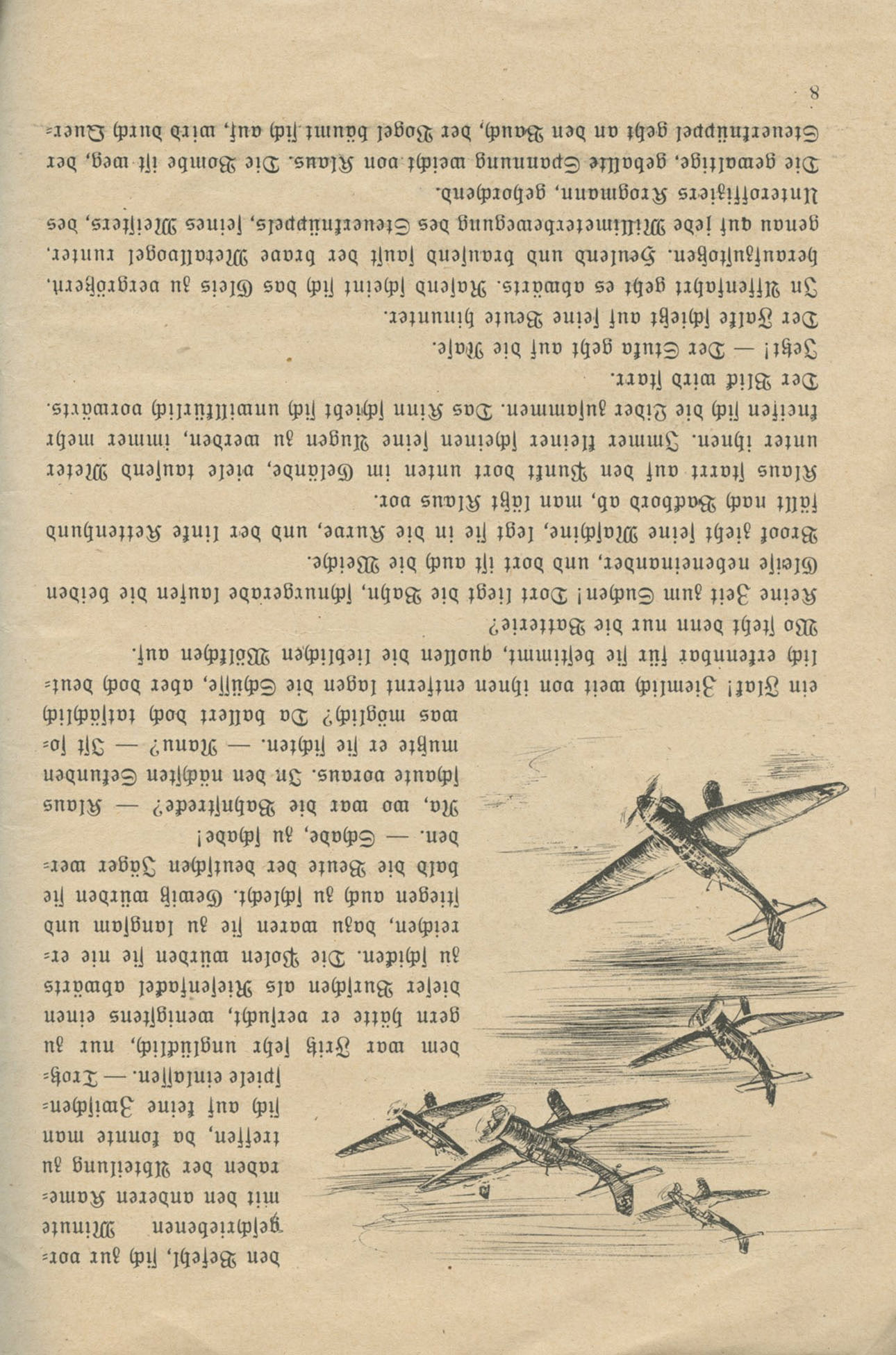
[Below: A page within showing the great illustrations.]
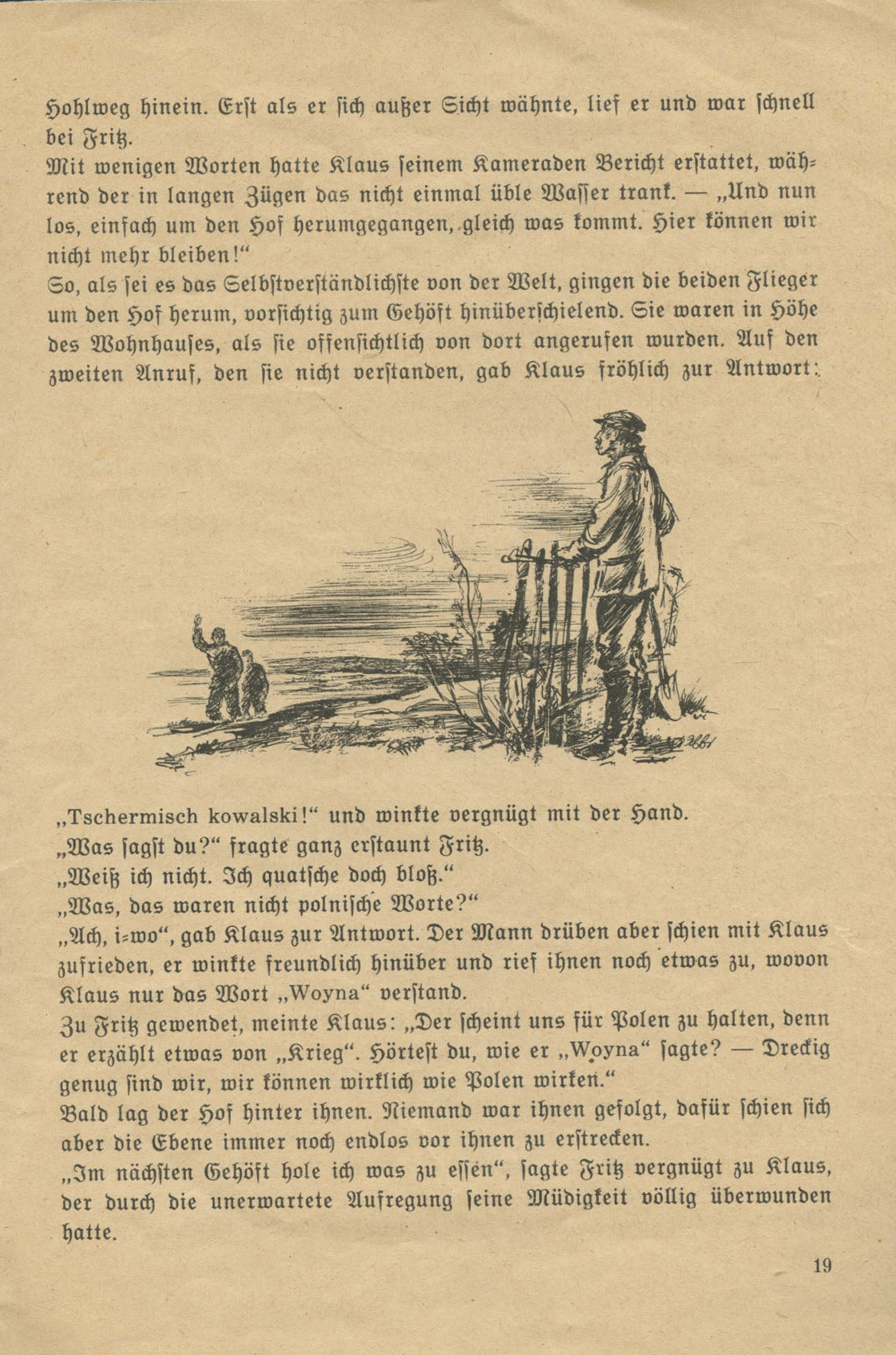
[Below: This is issue 89 called 'Wir jagen U-Boote' (We Hunt Submarines).]
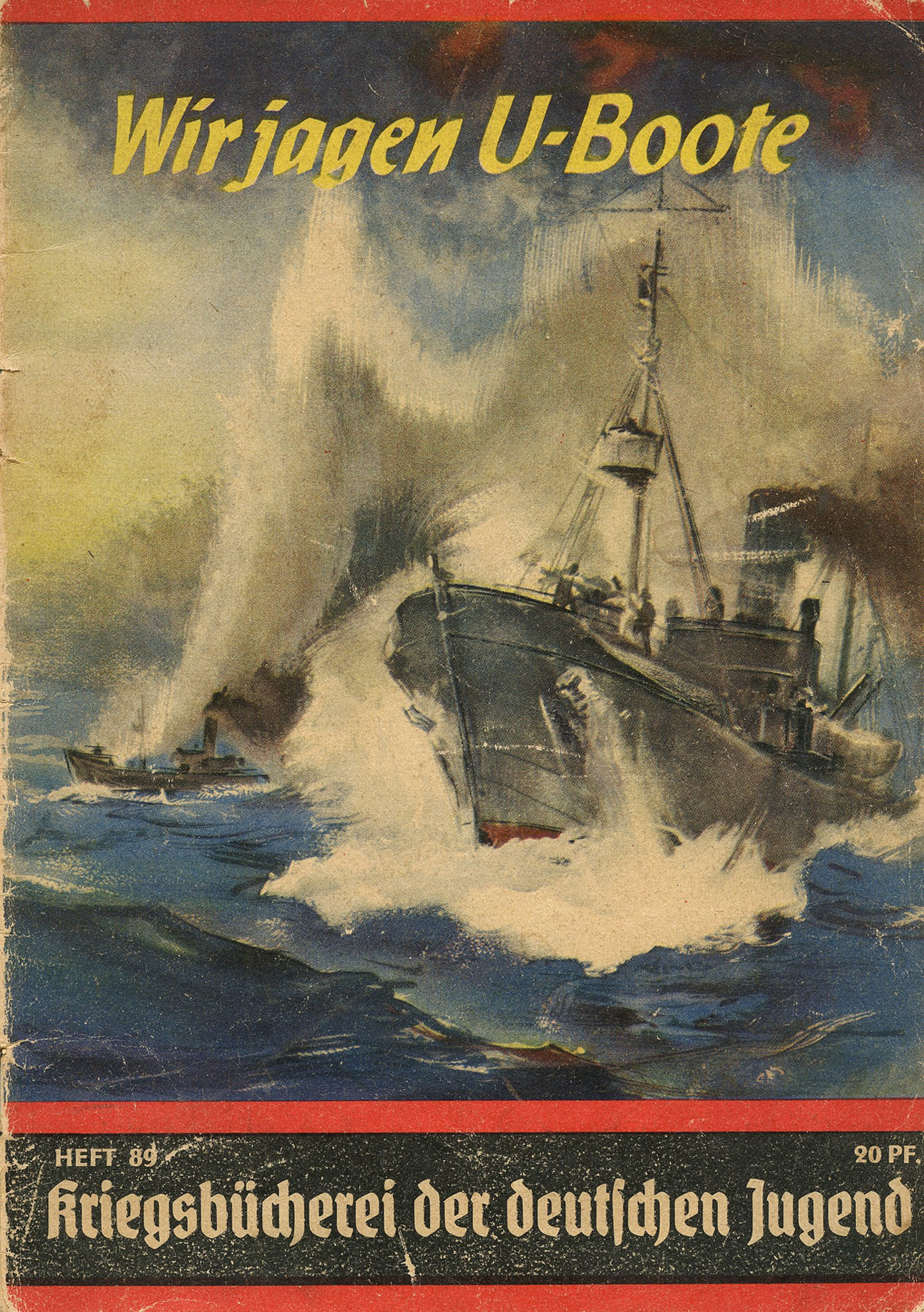
[Below: A page within showing the great illustrations.]
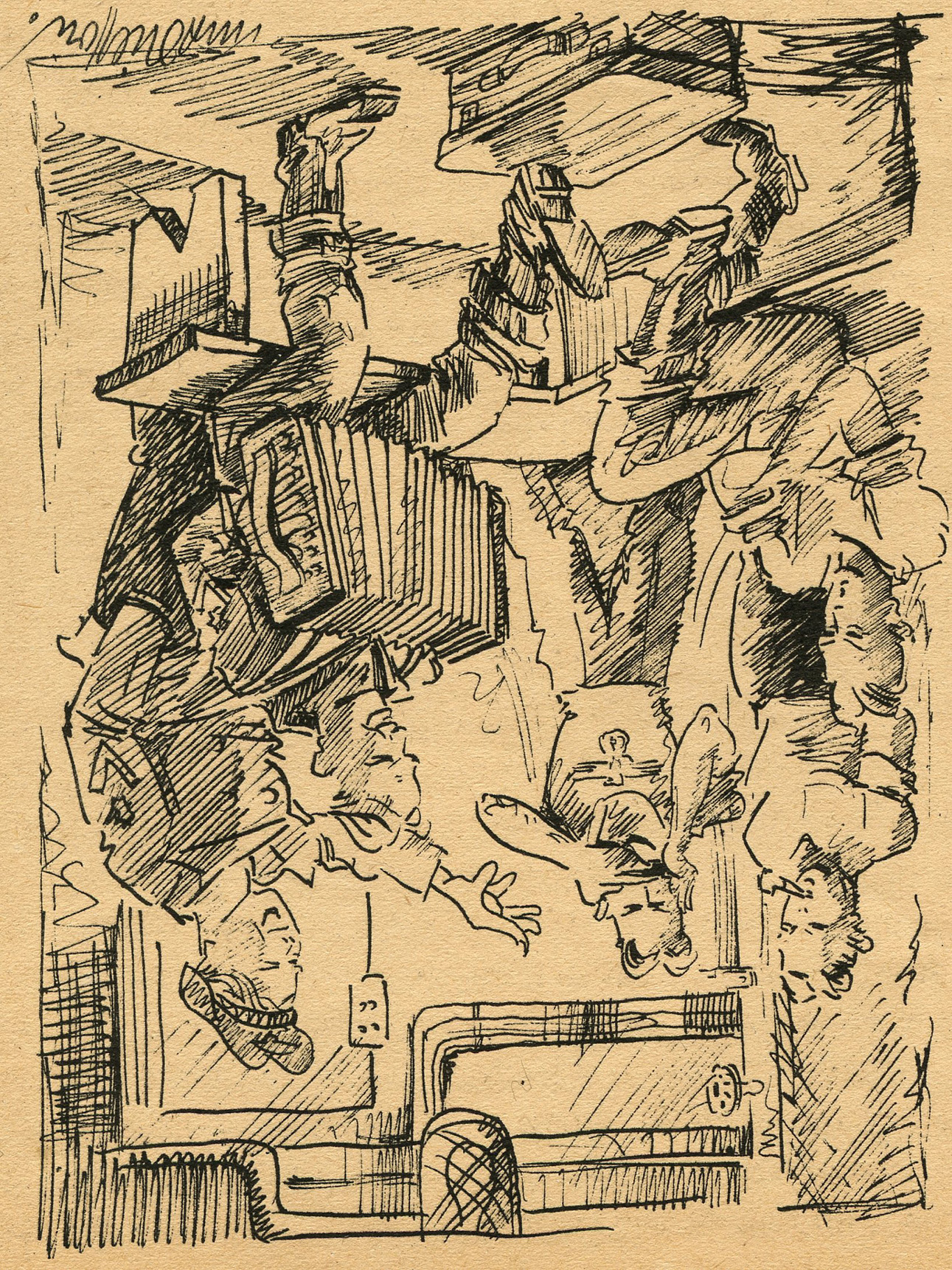
[Below: A page within showing the great illustrations.]
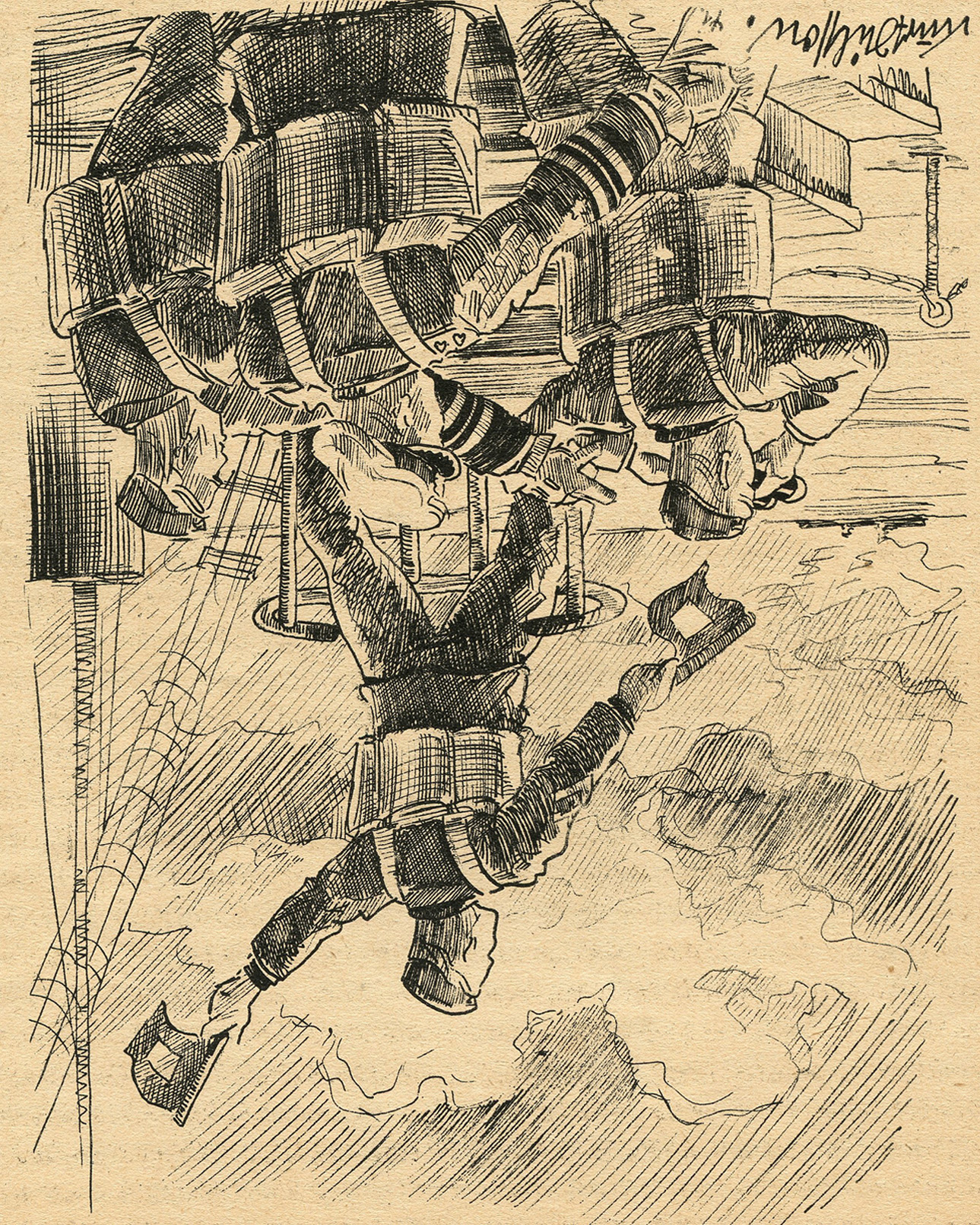
[Below: A page within showing the great illustrations.]
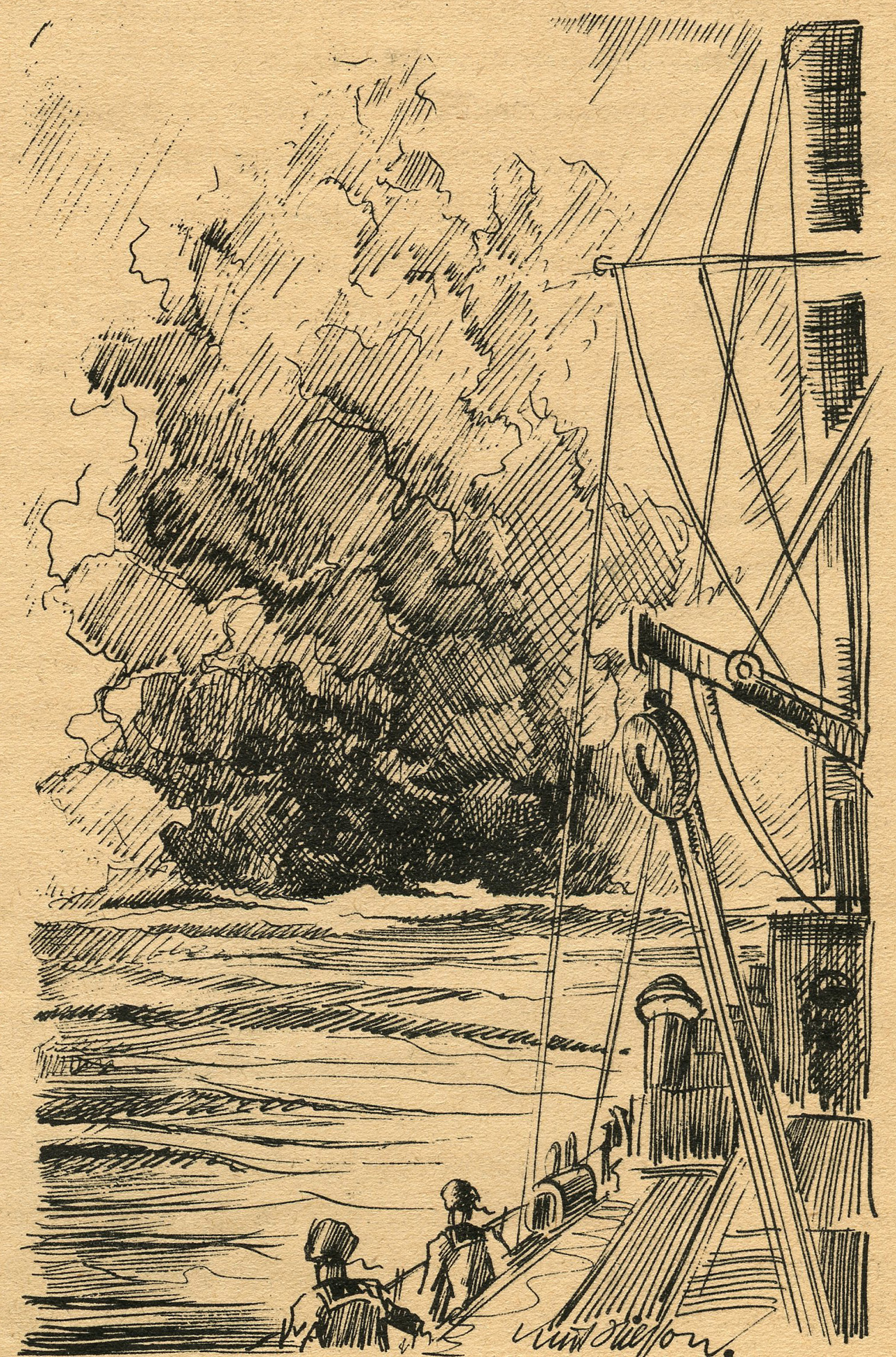
[Below: This is issue 106 called 'Stosstrupp Reinhold' (Shock troop Reinhold).]
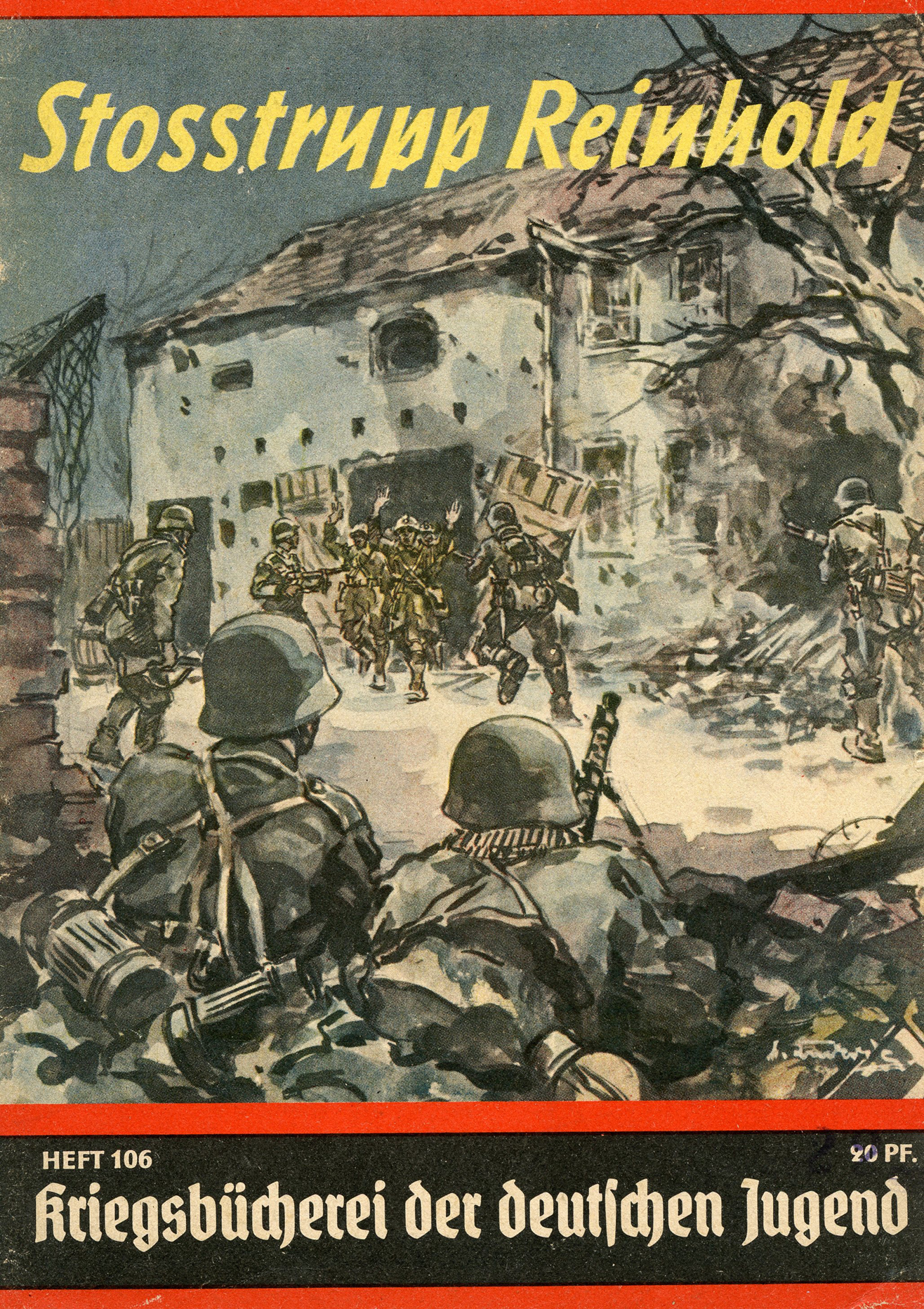
[Below: A page within showing the great illustrations.]
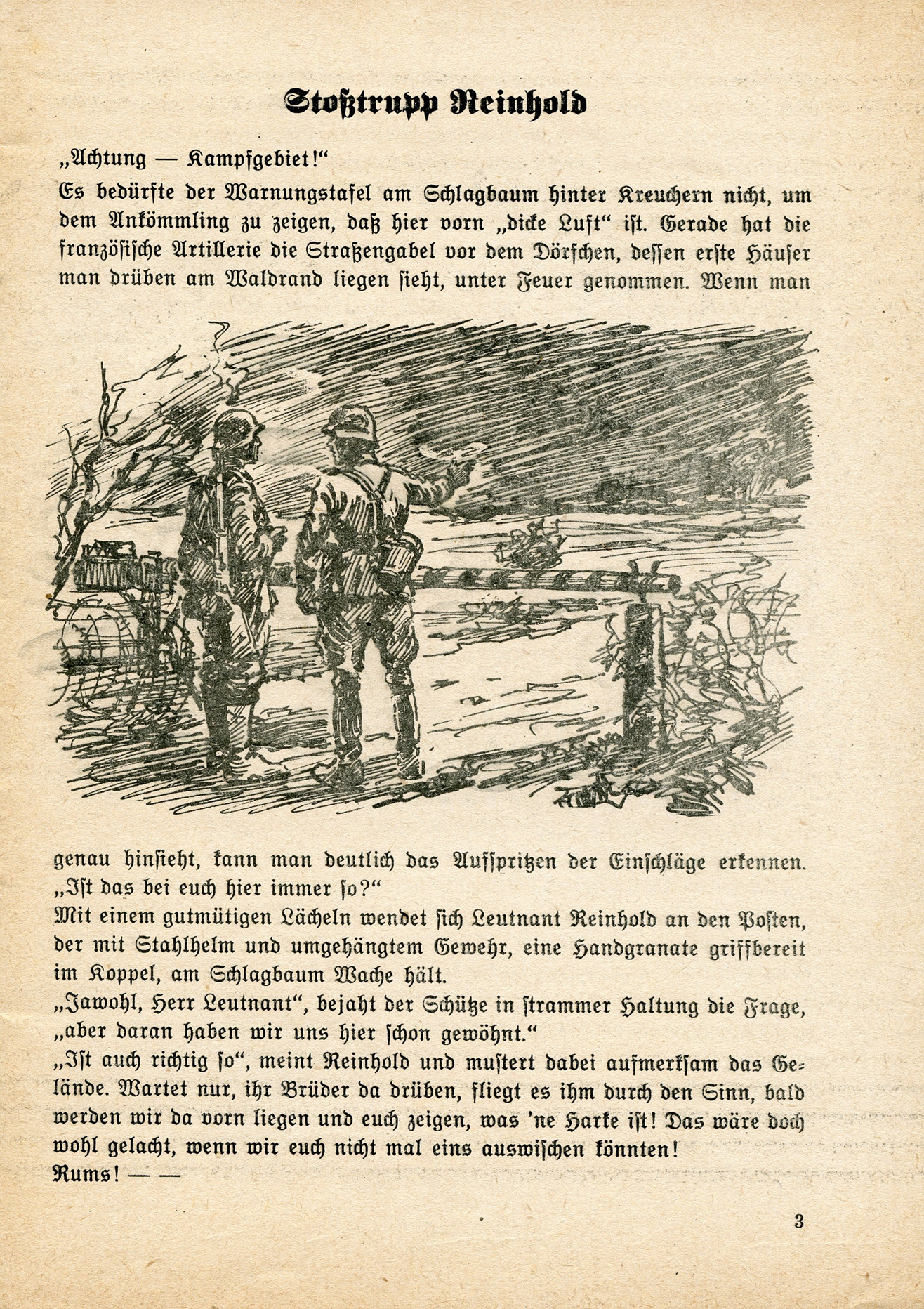
[Below: A page within showing the great illustrations.]
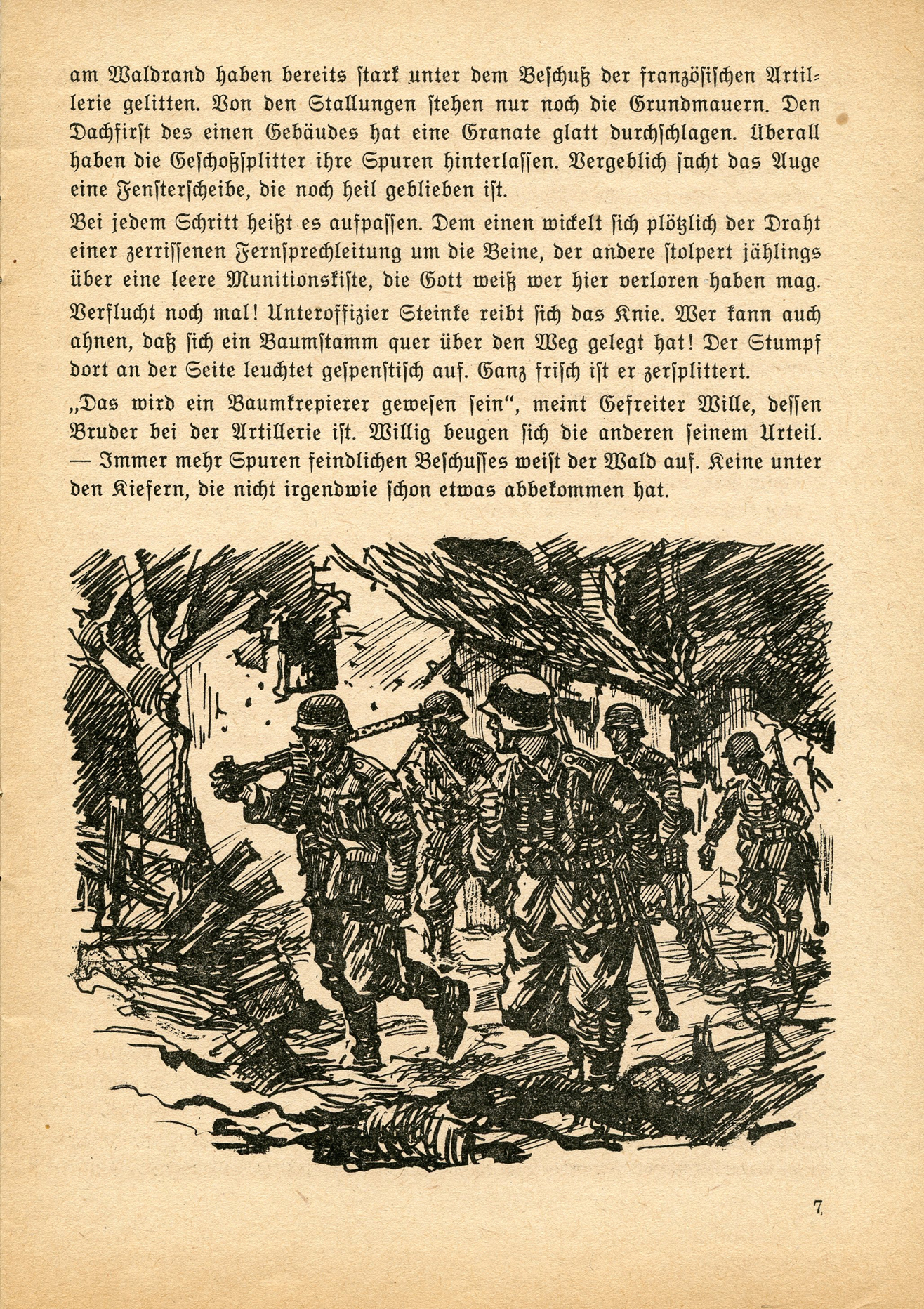
[Below: This is issue 117 called 'Kolonnenfahrer in Afrika' (Convoy Driver in Africa).]
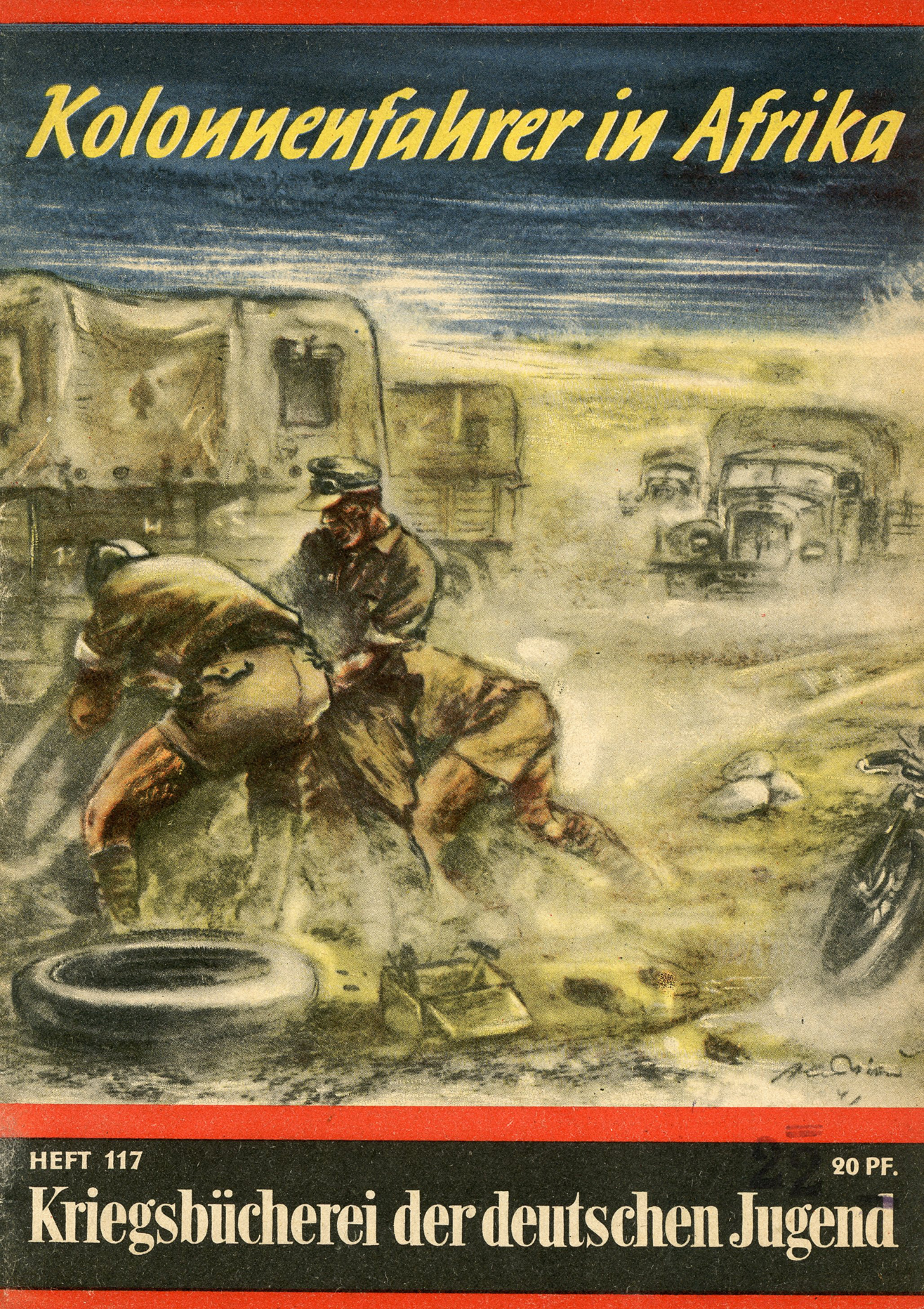
[Below: This is issue 134 called 'Oberstabsarzt Winnetou' (Chief Medical Officer Winnetou).]
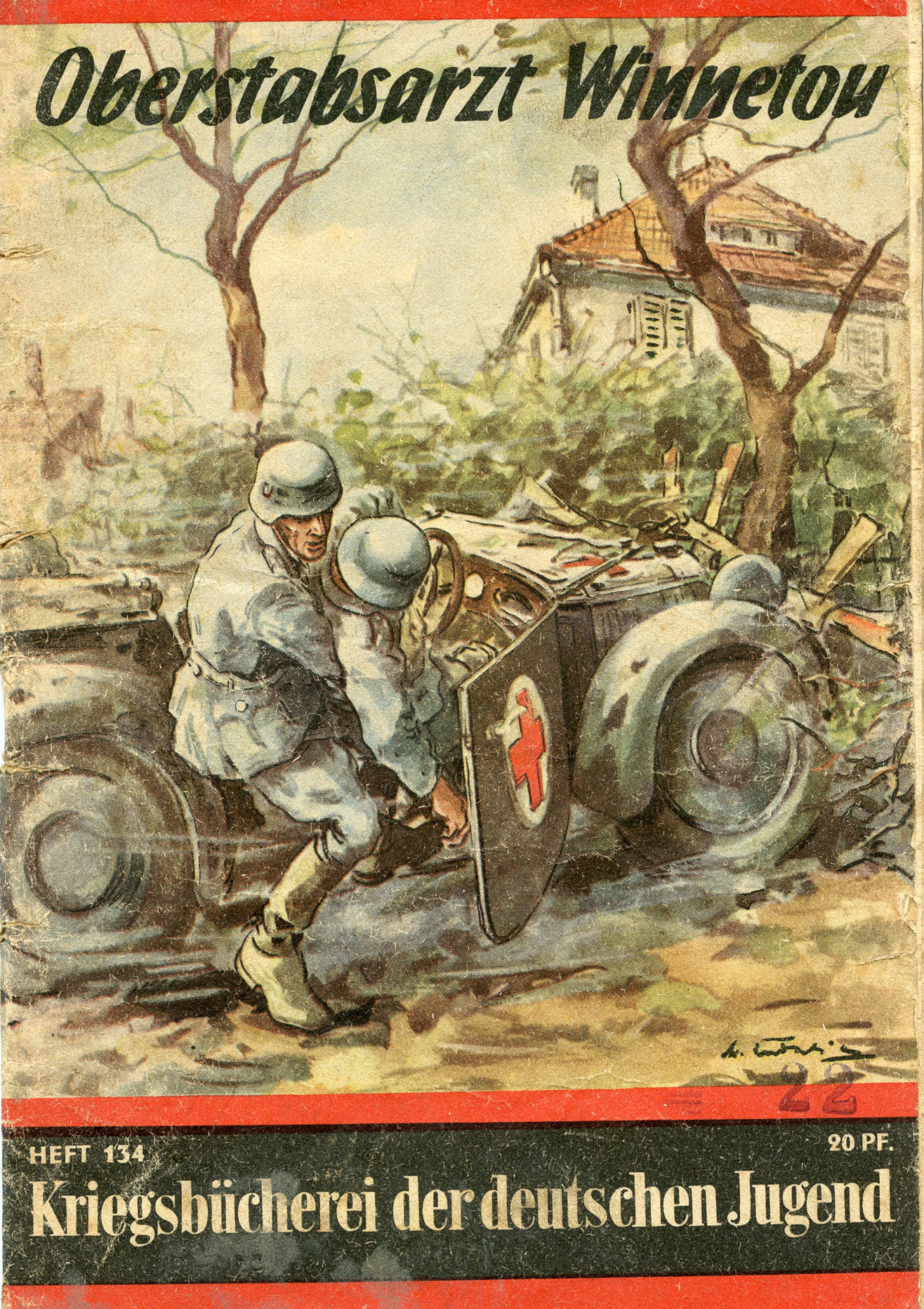
[Below: A page within showing the great illustrations.]
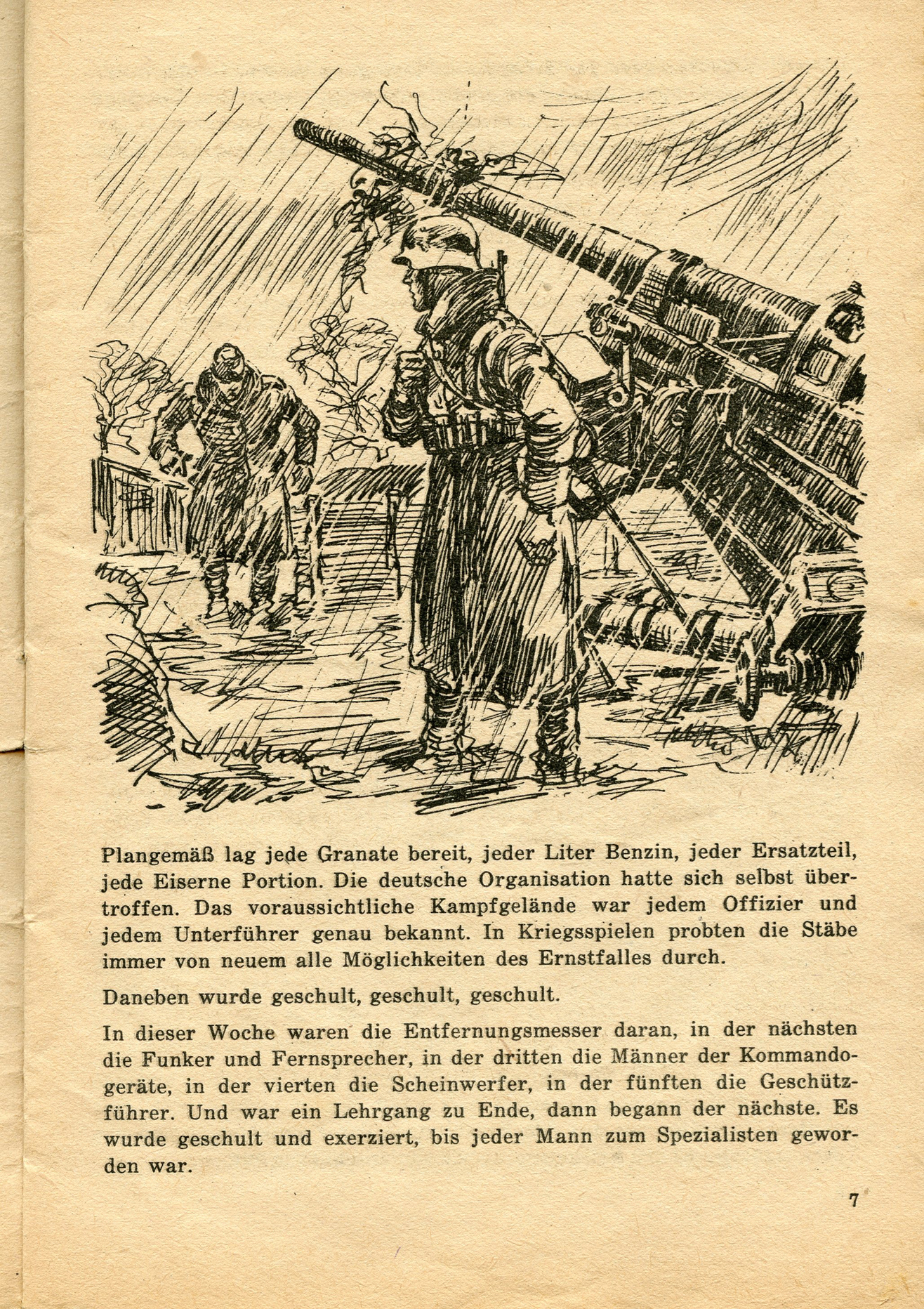
[Below: This is issue 155 called 'Jagd in Lappland' (Hunting in Lappland).]
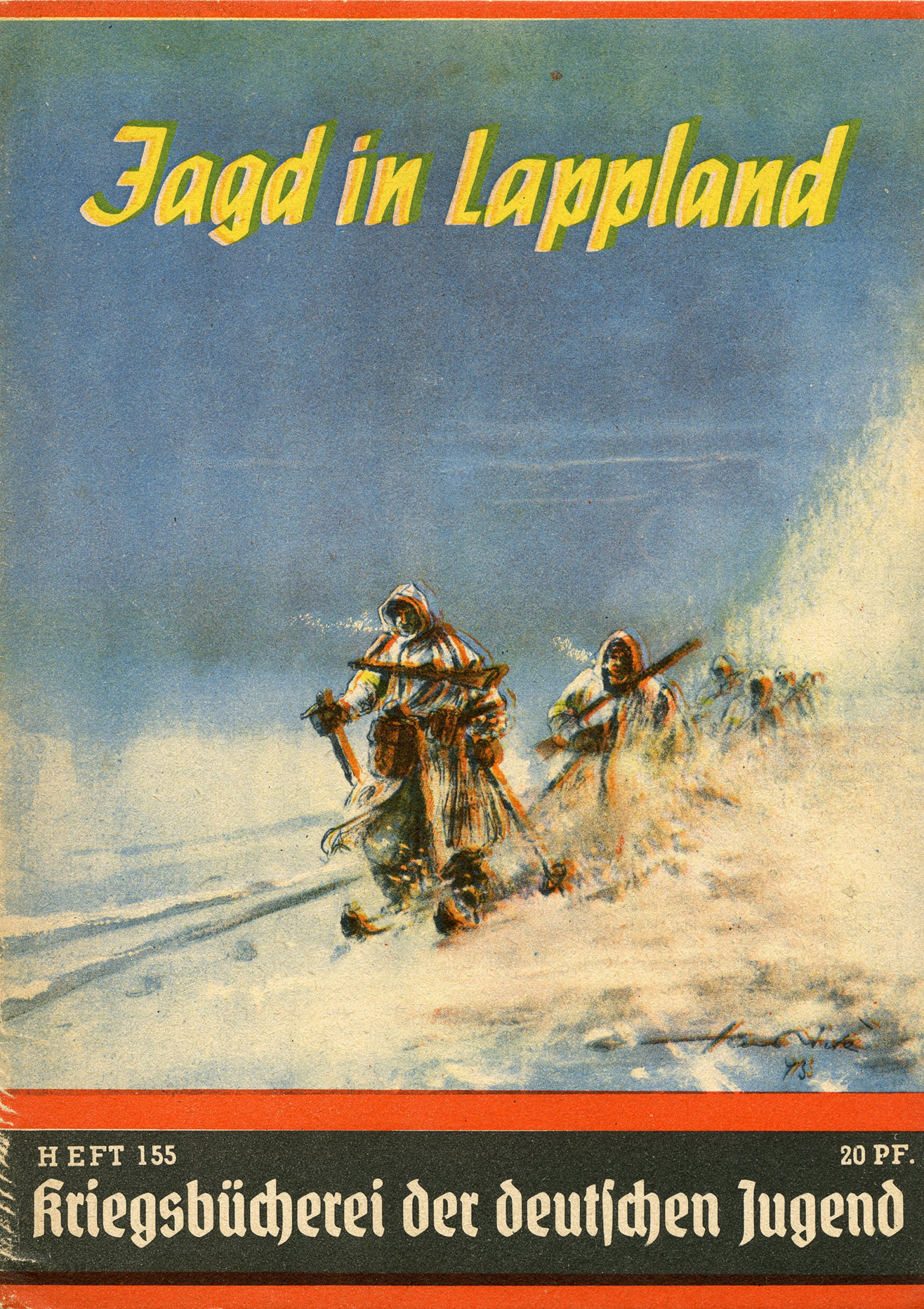
[Below: This is issue 94 called 'Scheinwerfer "Caesar" - Licht auf!' (Spotlight "Caesar" - lights up!).]
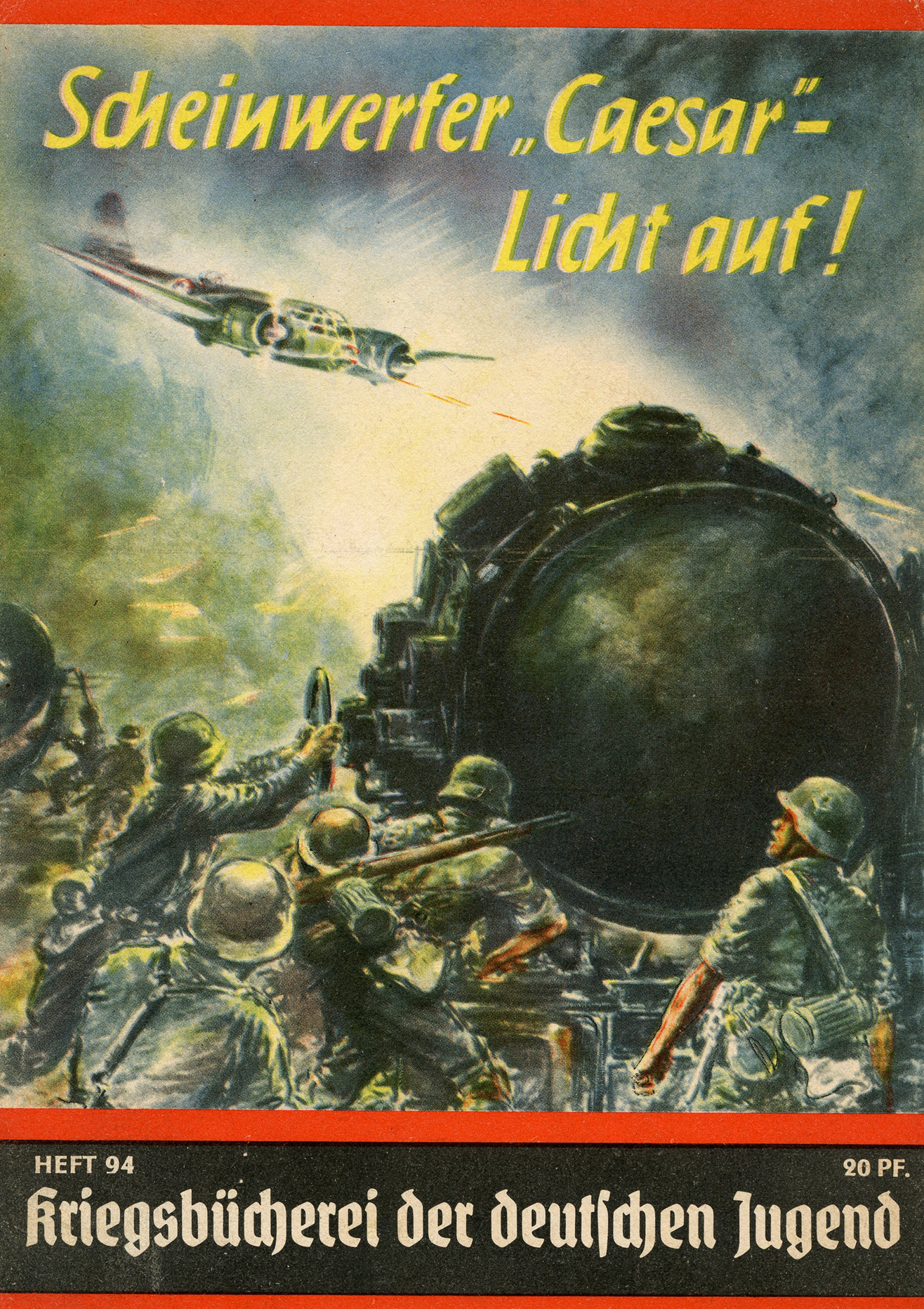
[Below: A page within showing the great illustrations.]
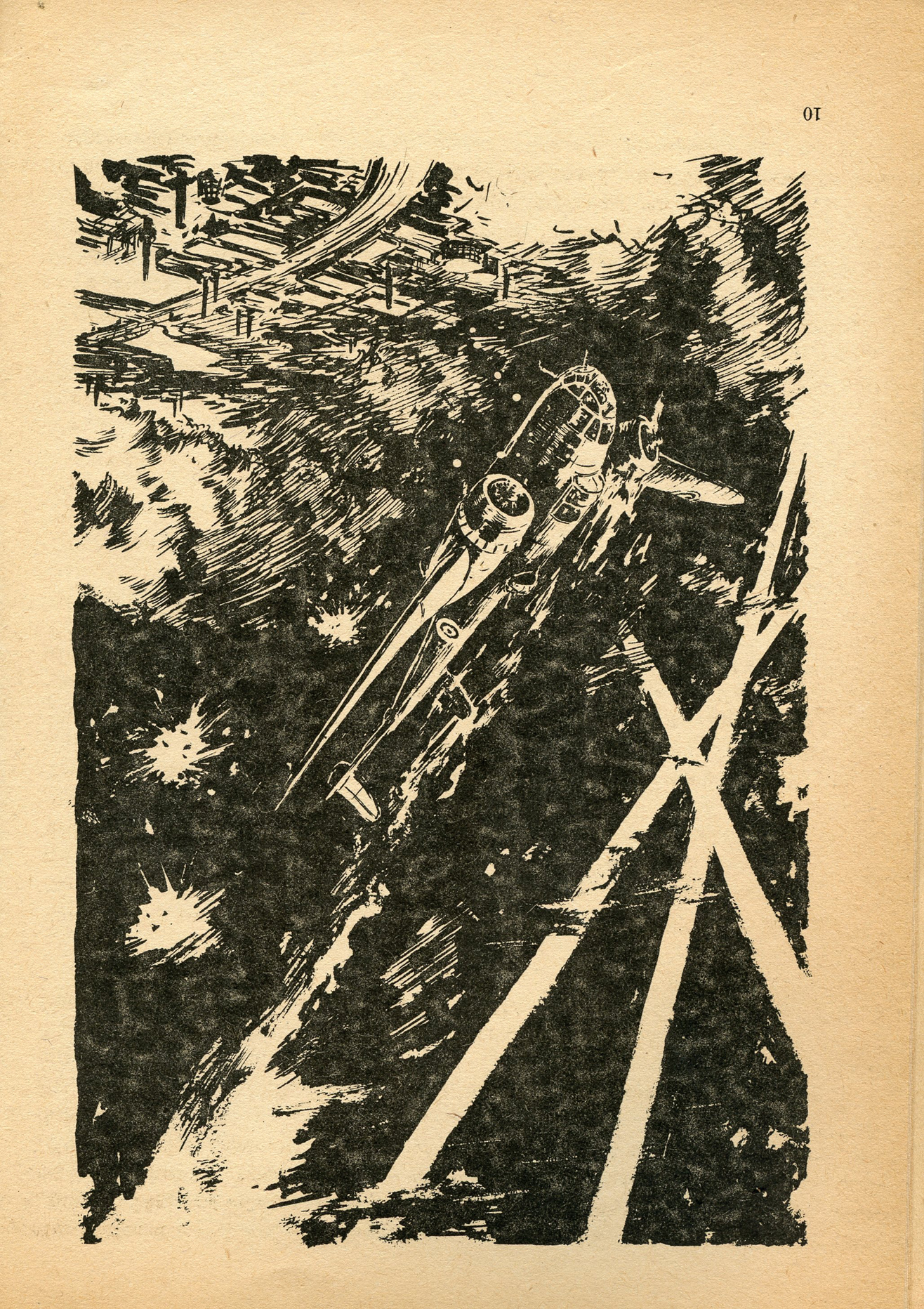
[Below: A page within showing the great illustrations.]
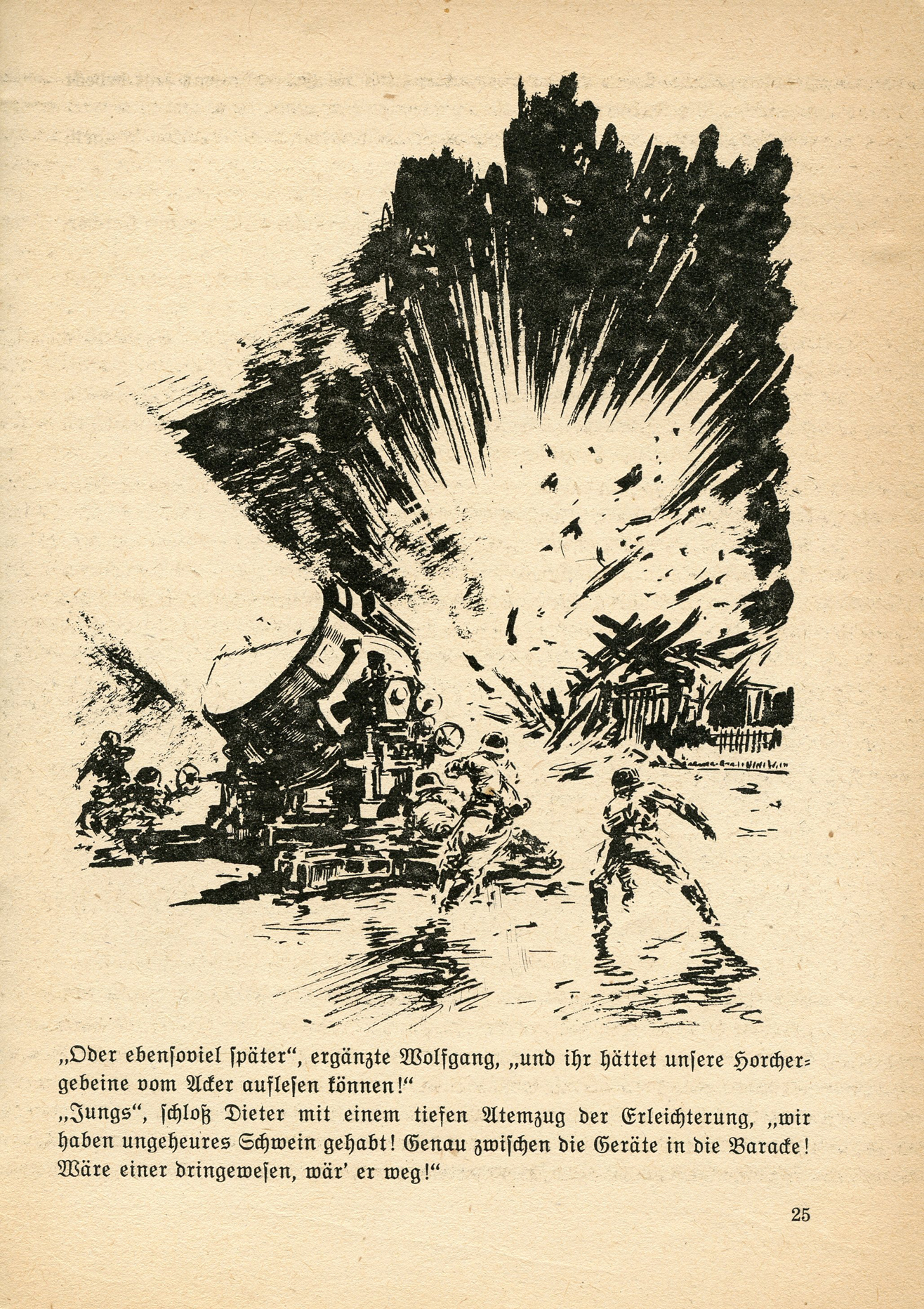
[Below: This is issue 93 called 'Vorausabteilung Hagen Hält Crepy" - Licht auf!' (Advance detachment Hagen holds Crepy).]
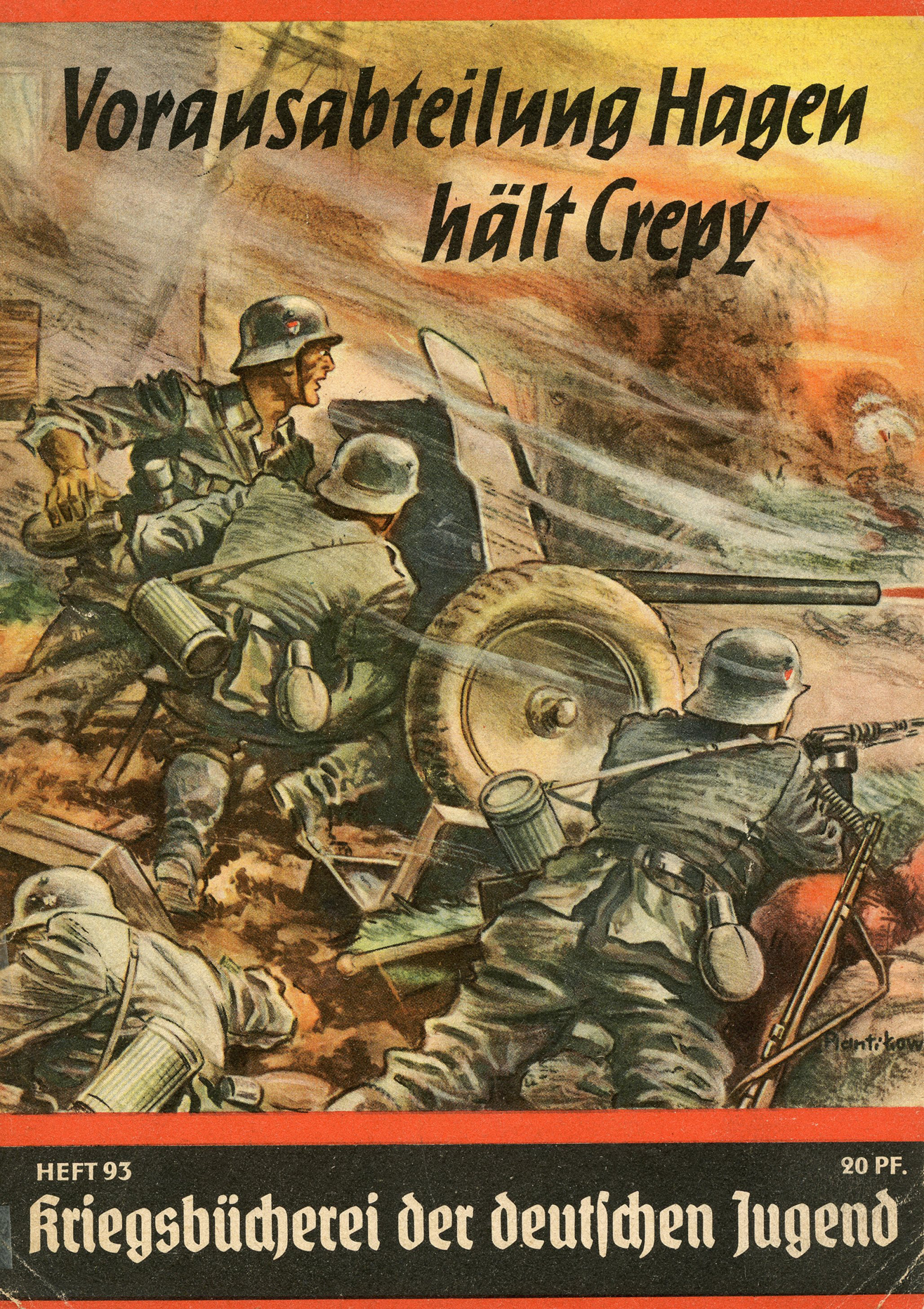
[Below: A page within showing the great illustrations.]
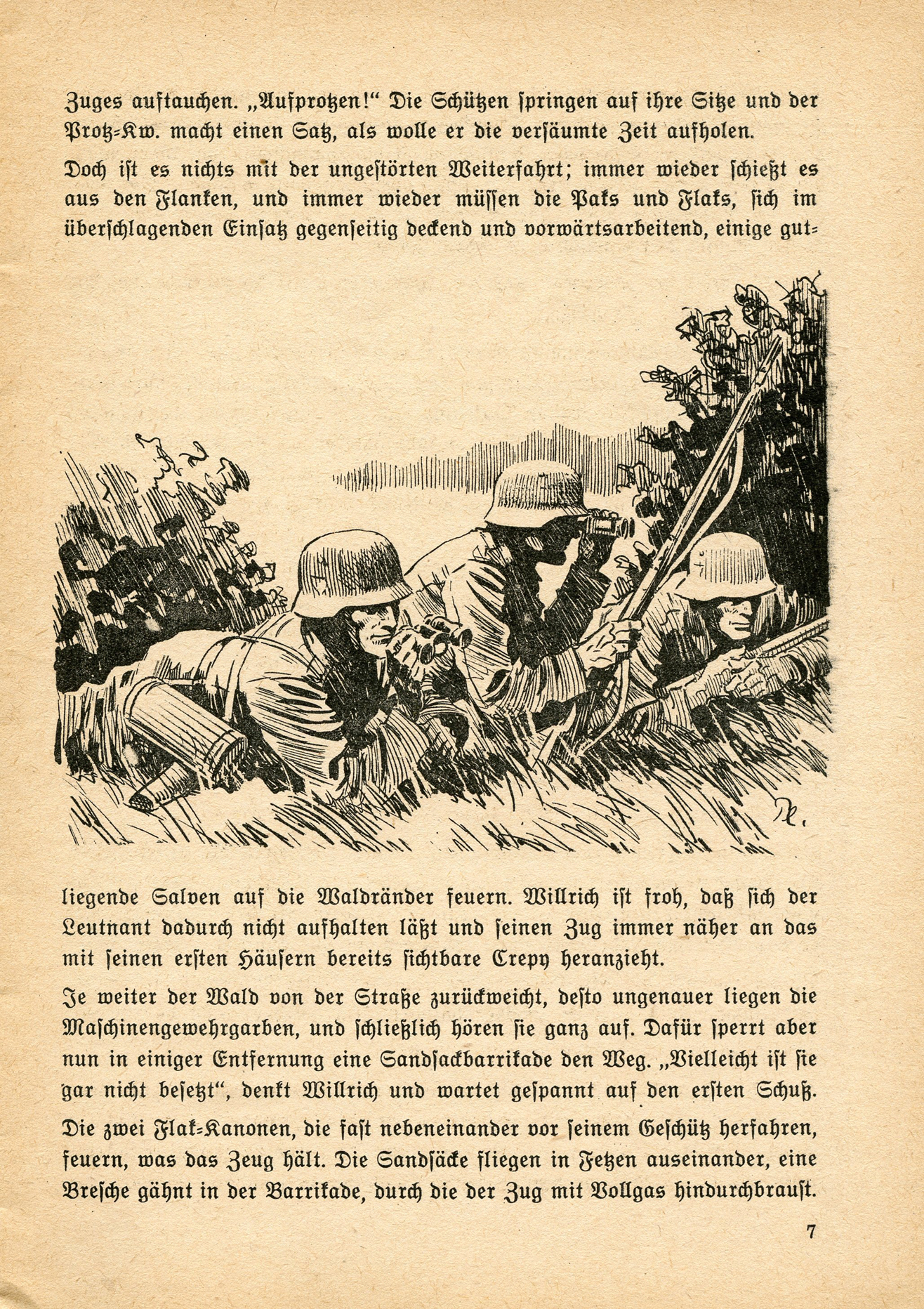
[Below: A page within showing the great illustrations.]
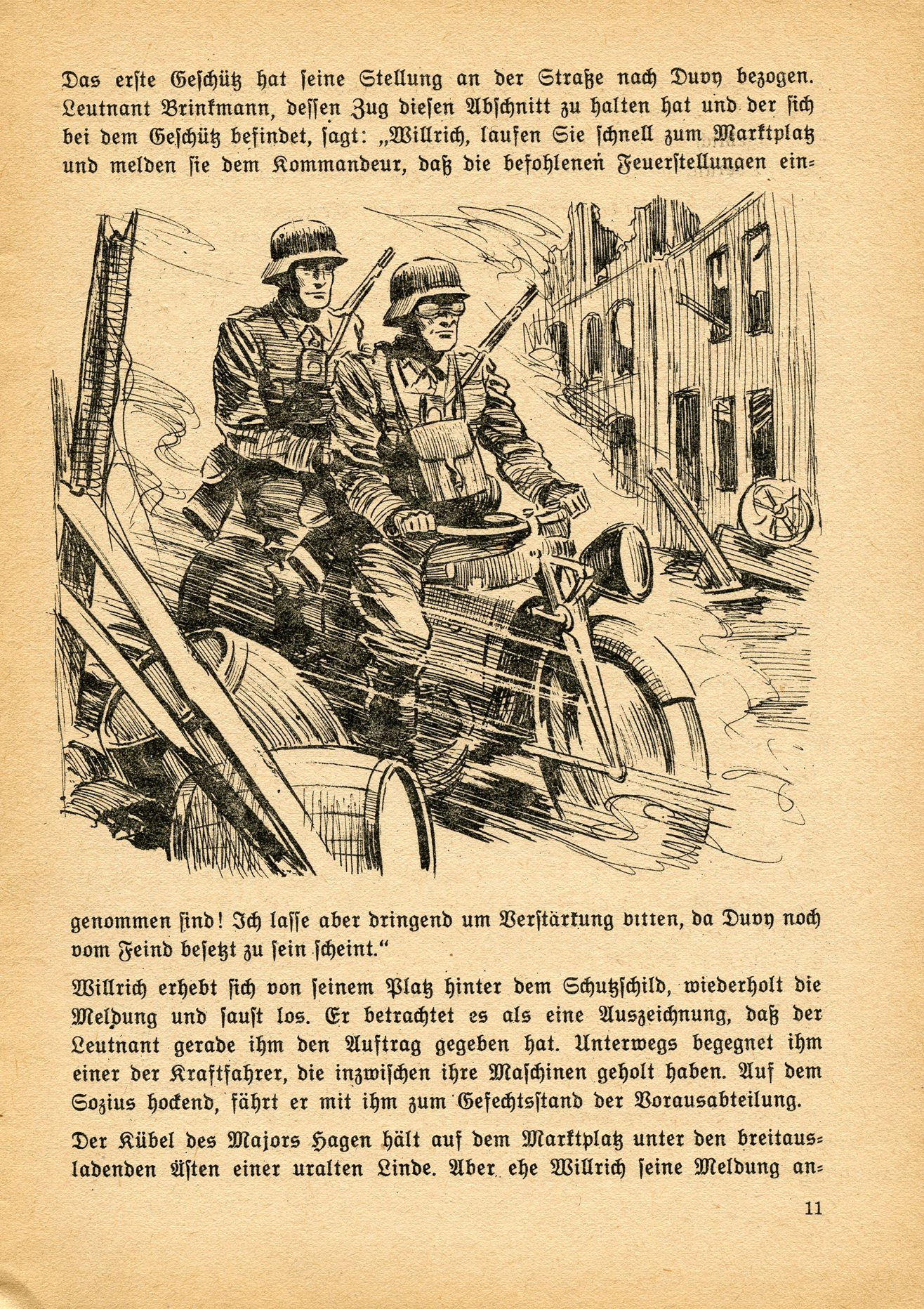
[Below: There were many issues of this publication. Here is a picture from a 2022 German auction.]
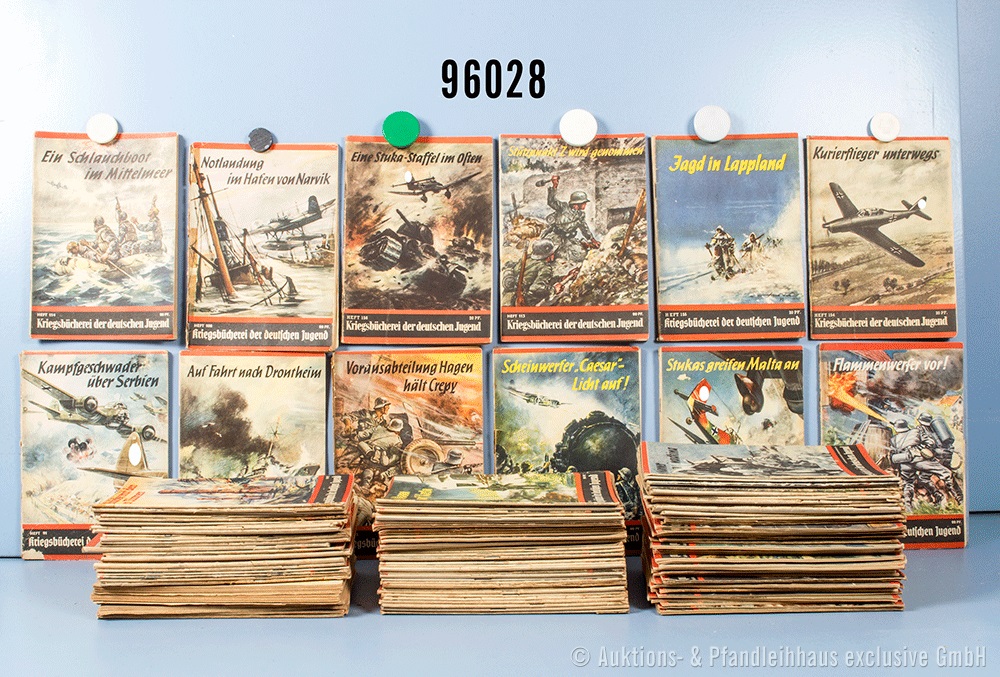

[Below: Tiny (4 inches tall) Hitler Youth book. 'Pflichtlieder Der Hitlerjugend' (Mandatory Song of the Hitler Youth).]

[Below: This booklet is about 6X10 inches. 'Fränkische Feldpost Soldatenzeitung des Gaues Franken (French field post soldier newspaper of the district of France). This late war little newspaper was most likely for German soldiers stationed in France. February 1944. Click on the image to see inside the booklet. There is a POWERFUL speech by Adolf Hitler in this booklet.]

[Below: This little Vichy French booklet is called 'Bravo! les Anglais!' (Bravo! The English!).]
